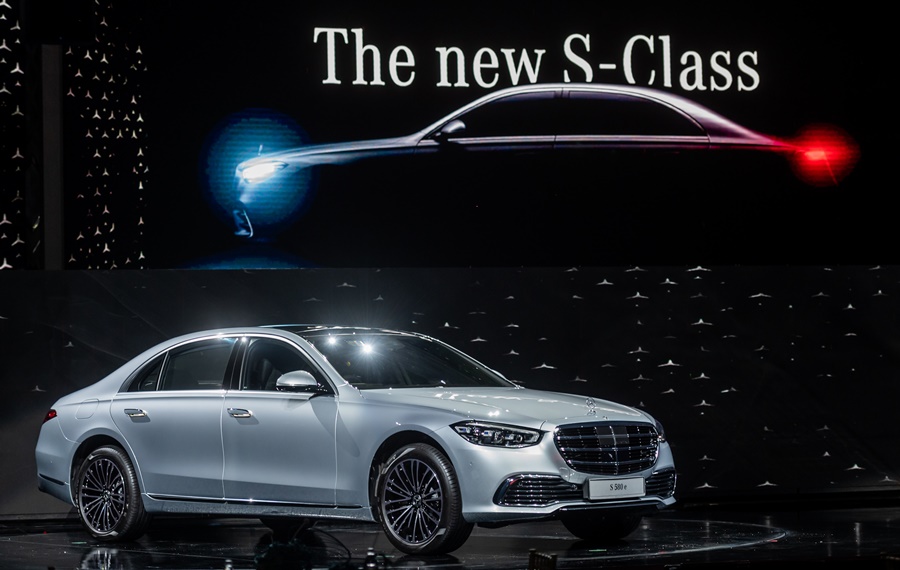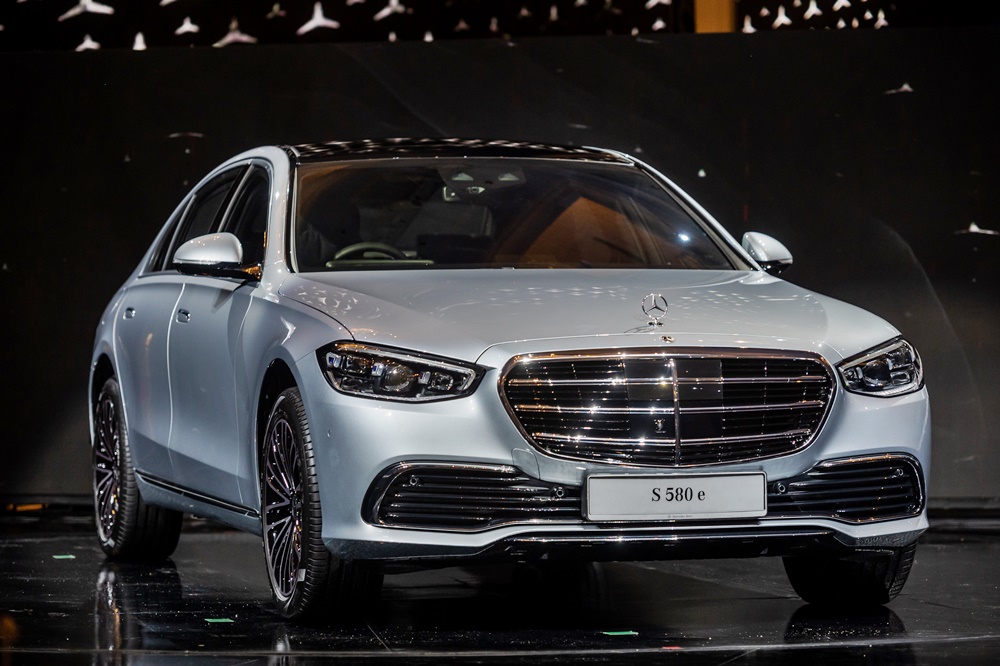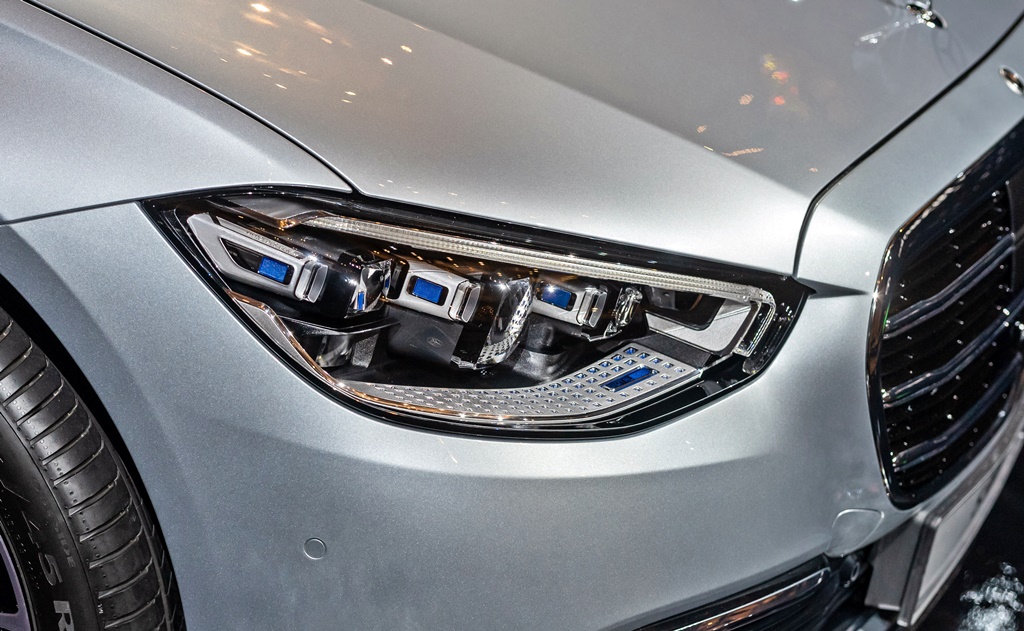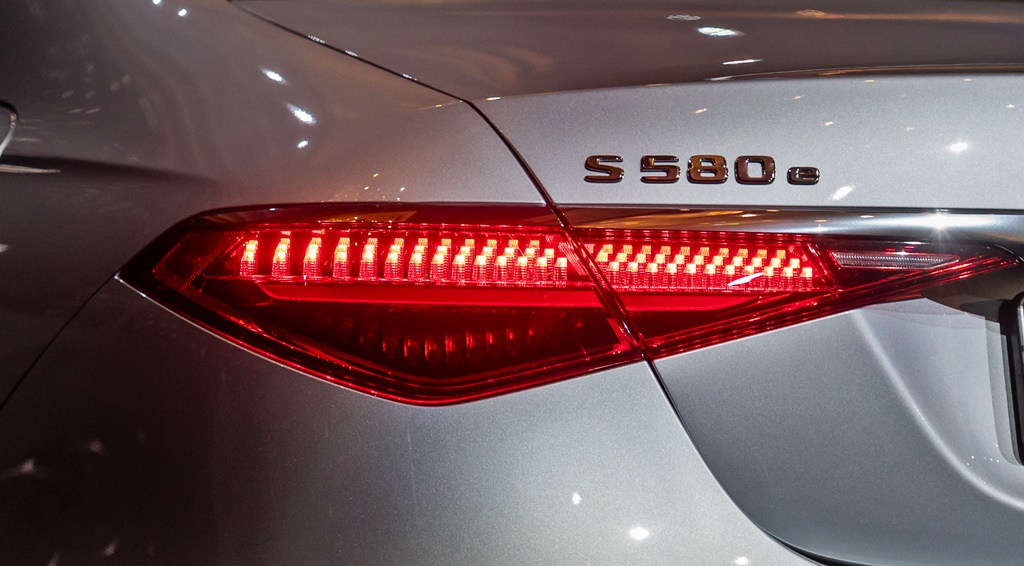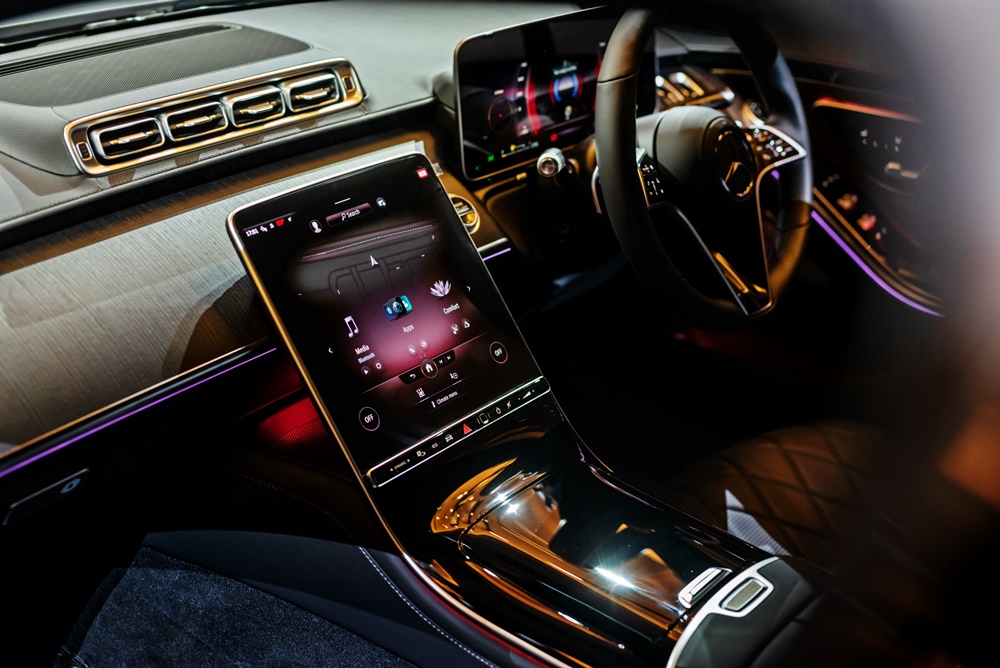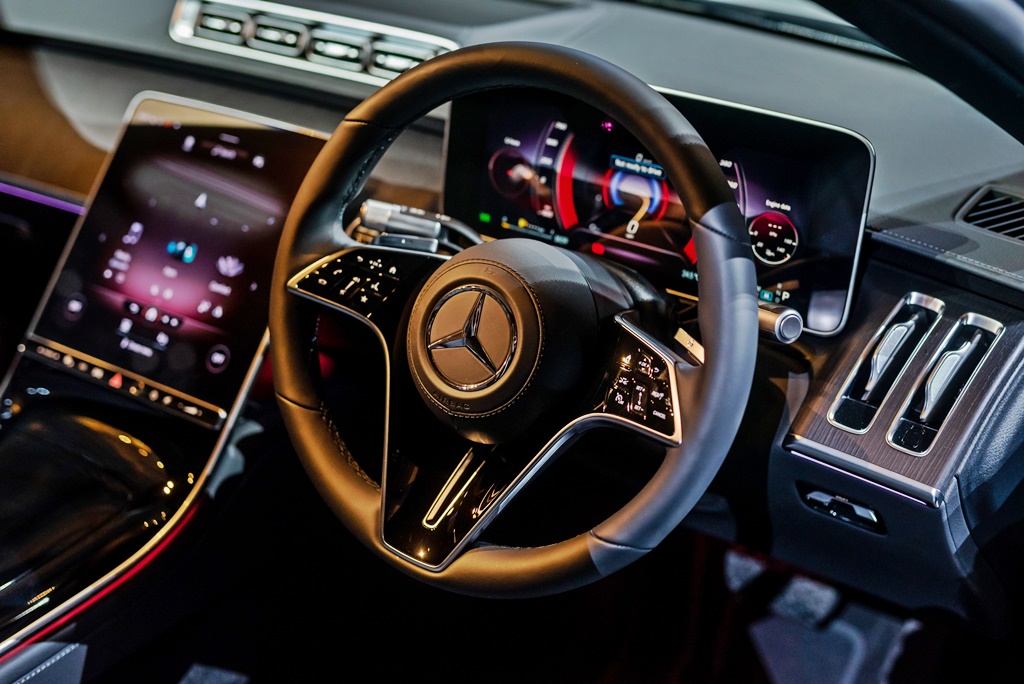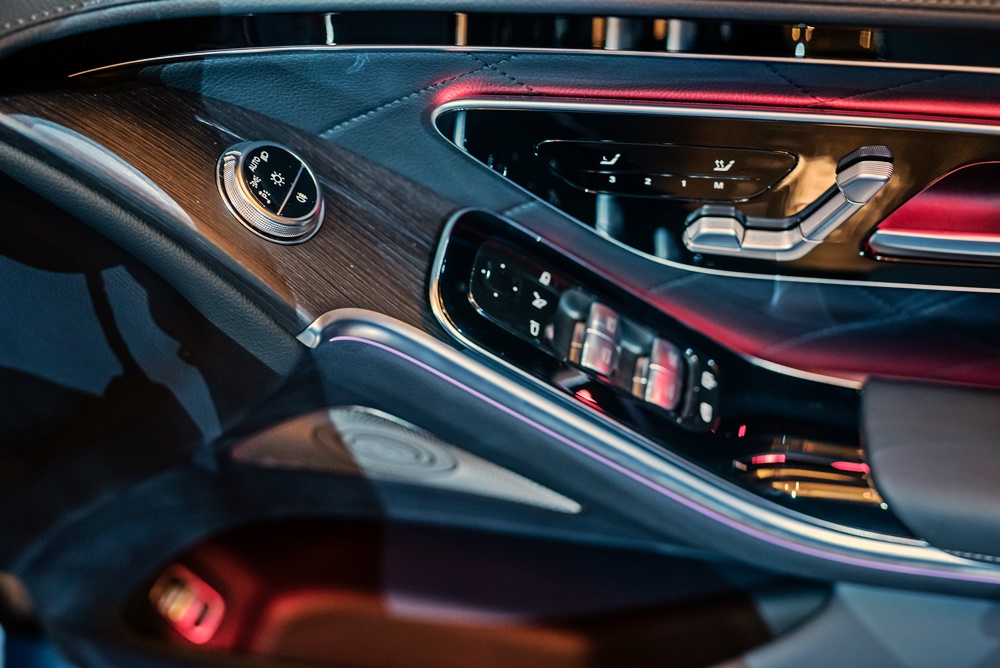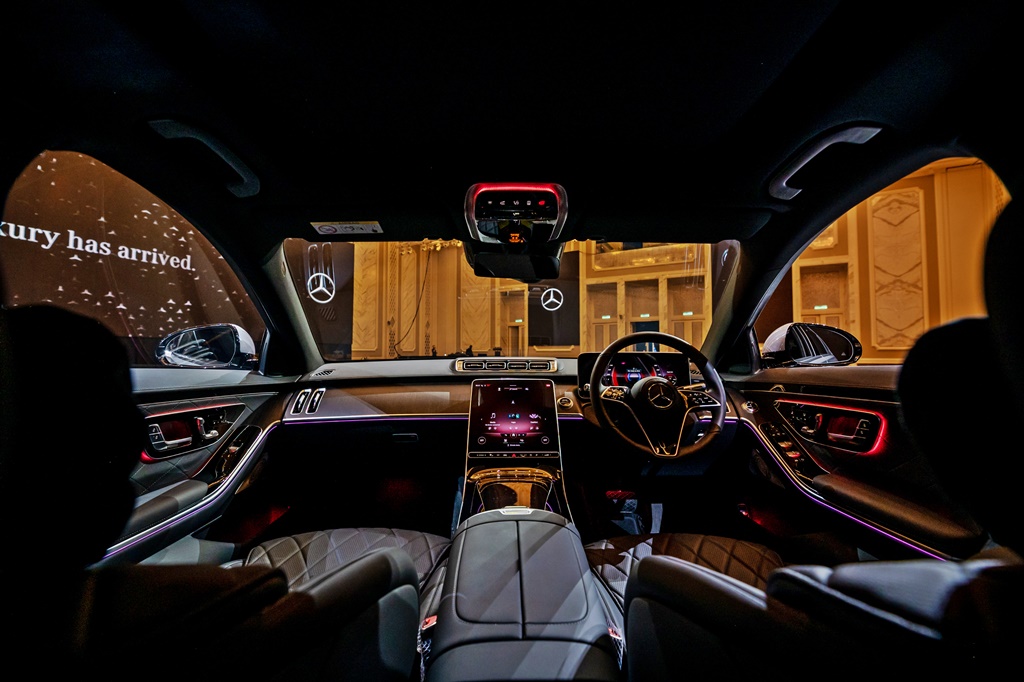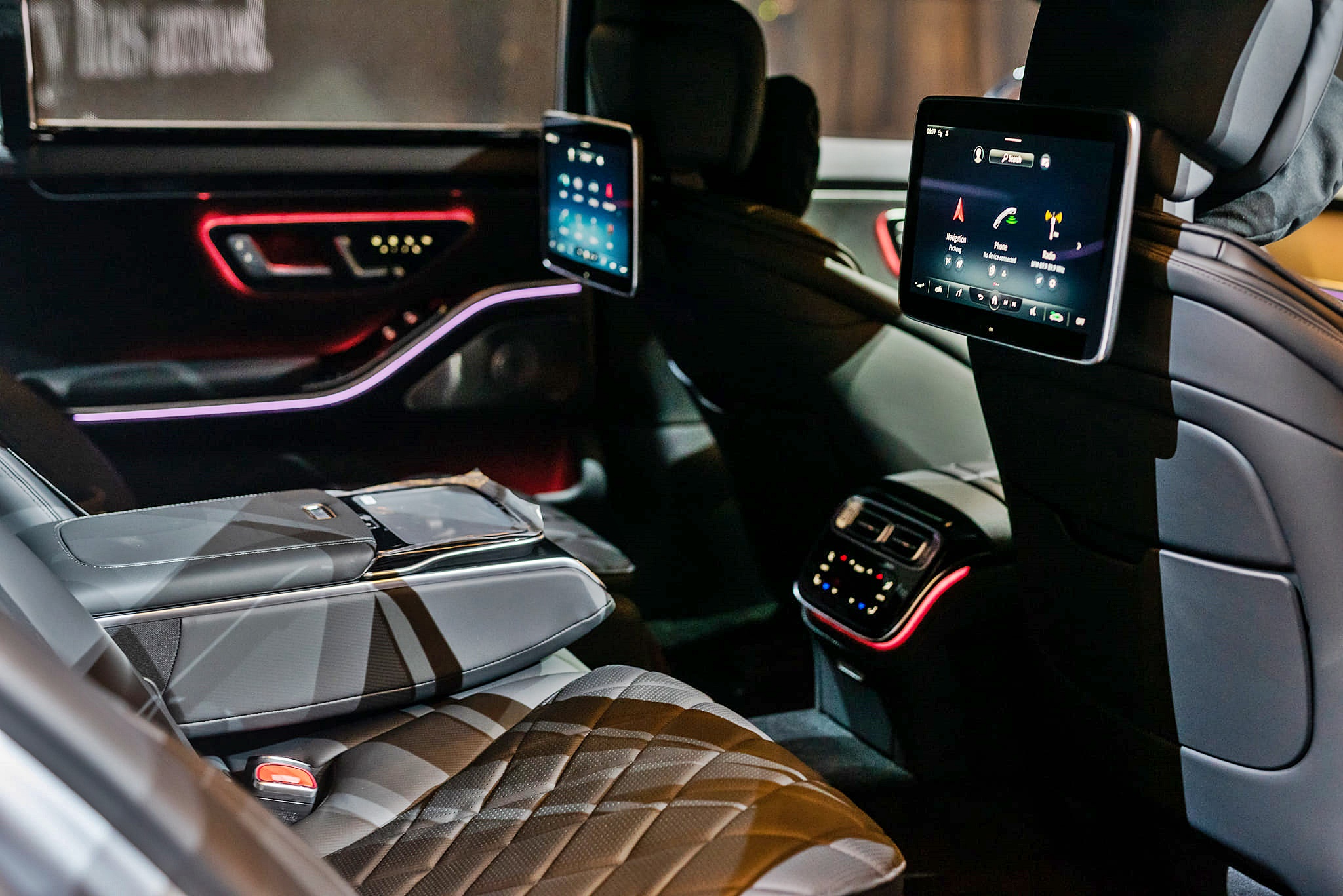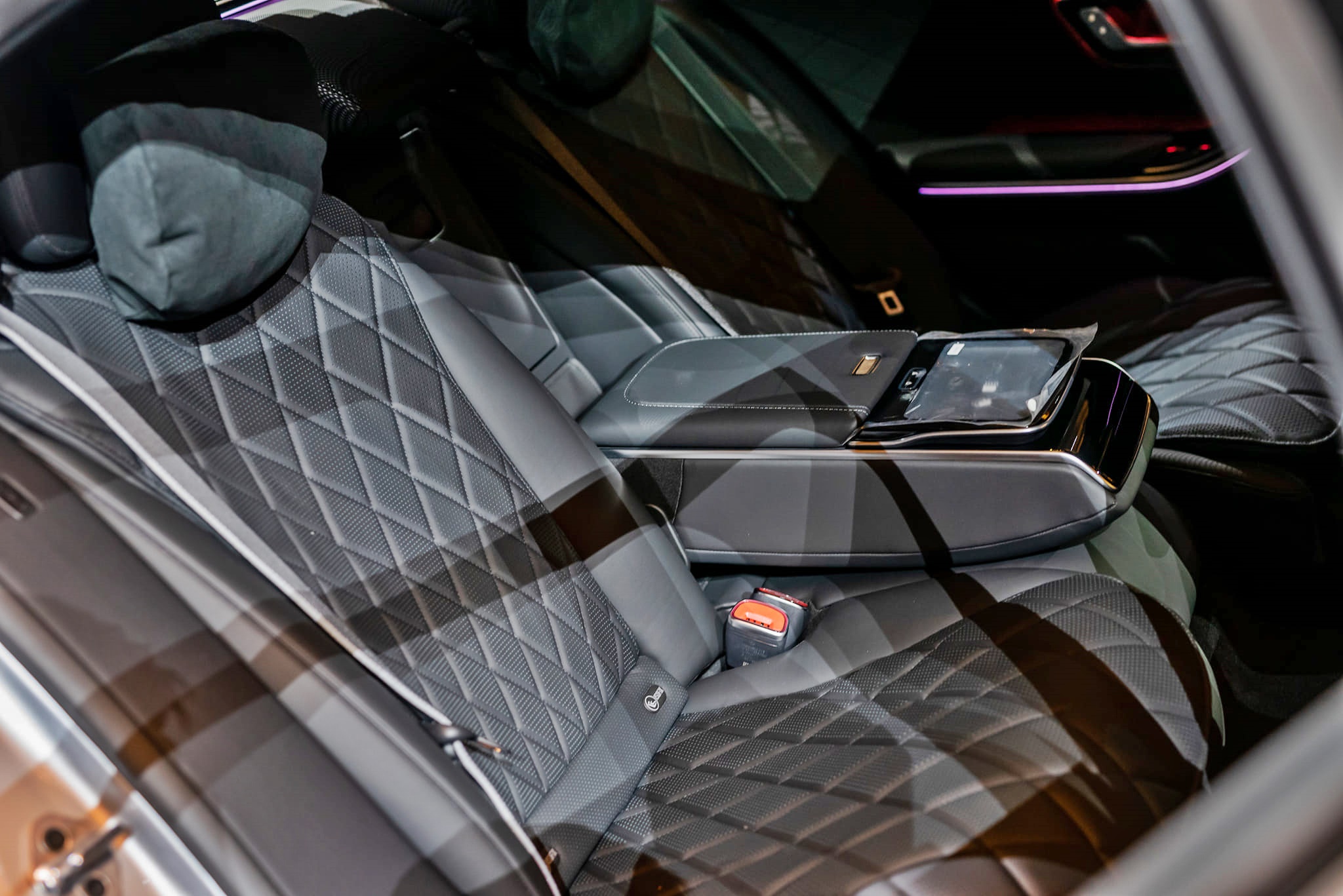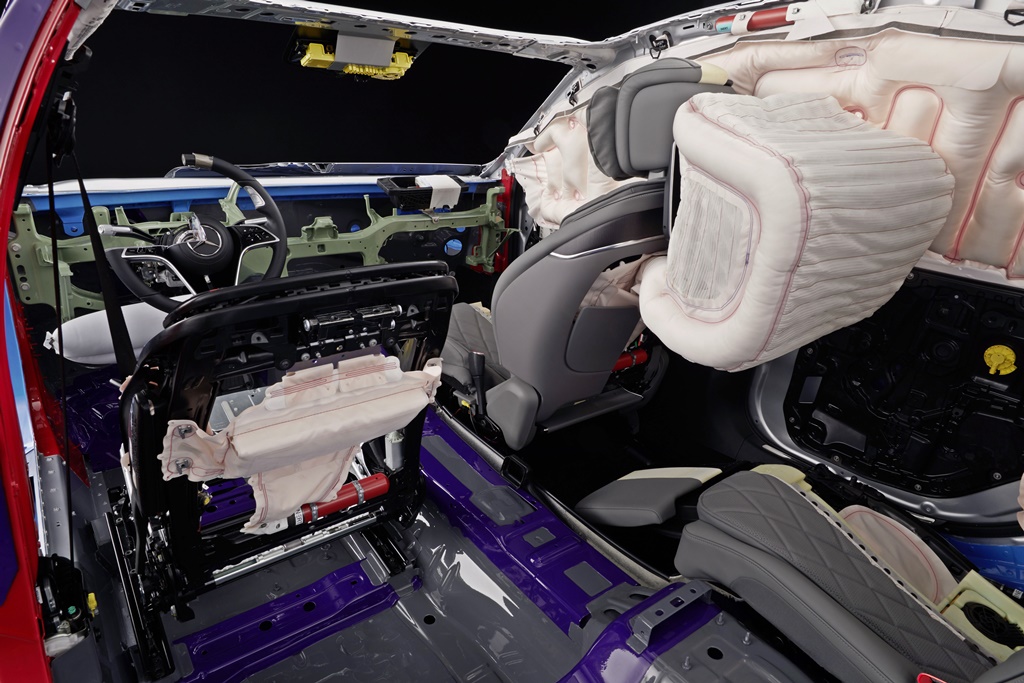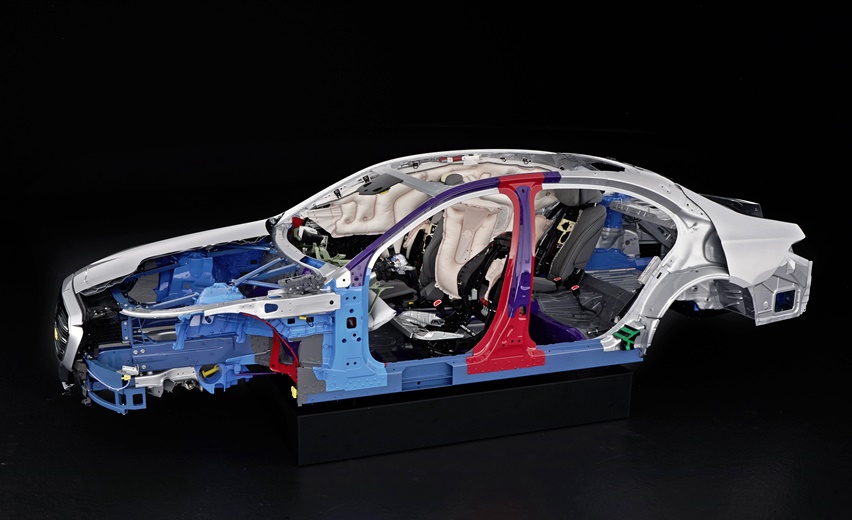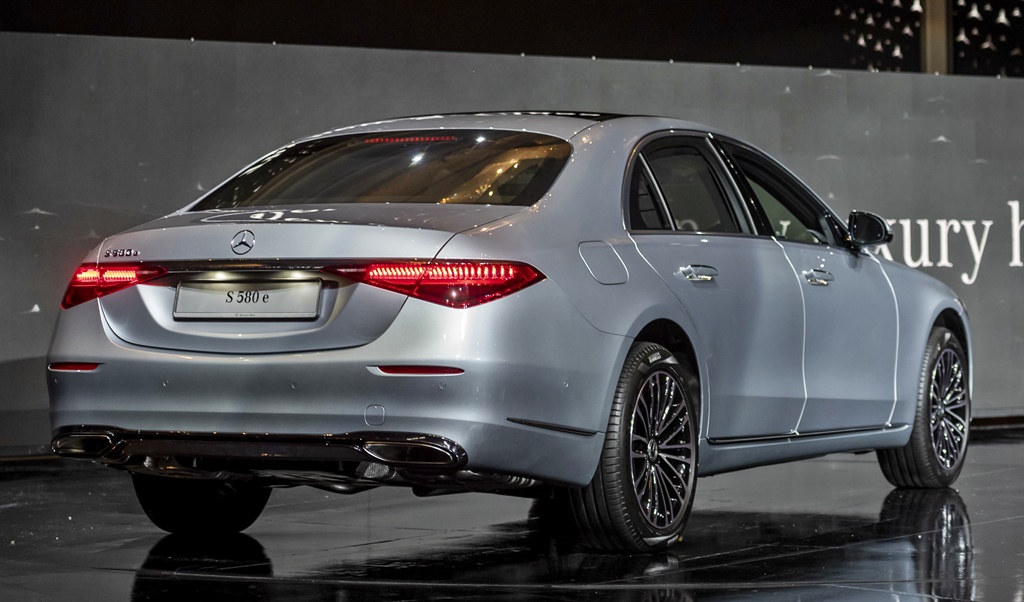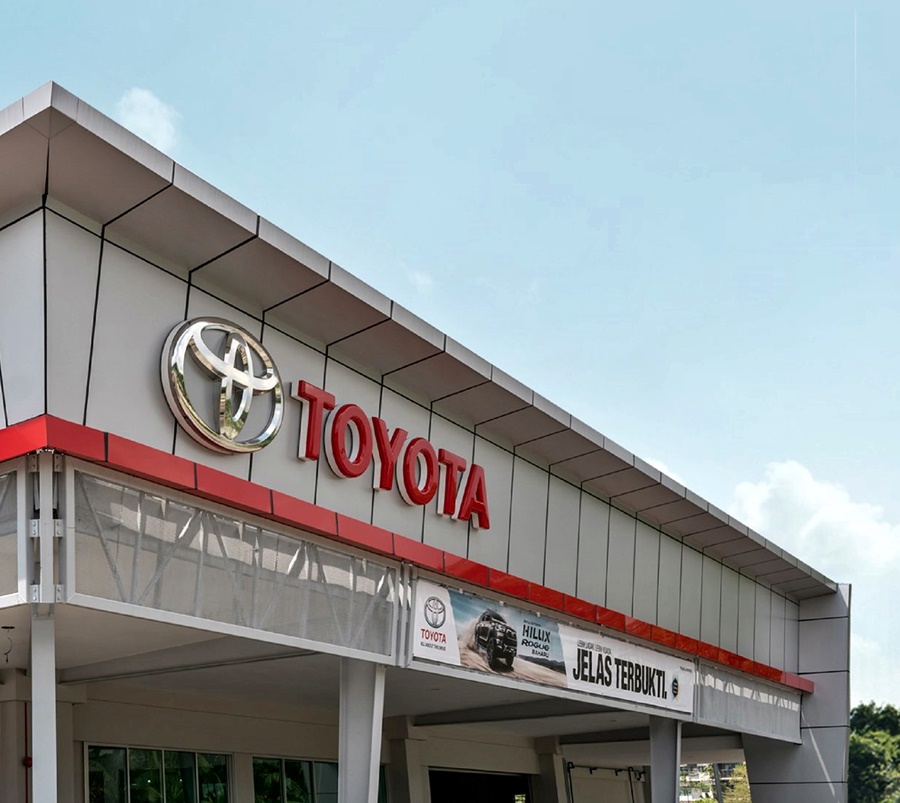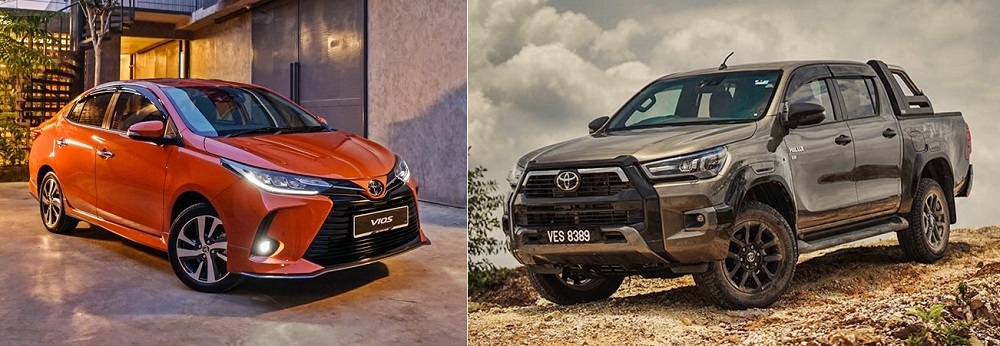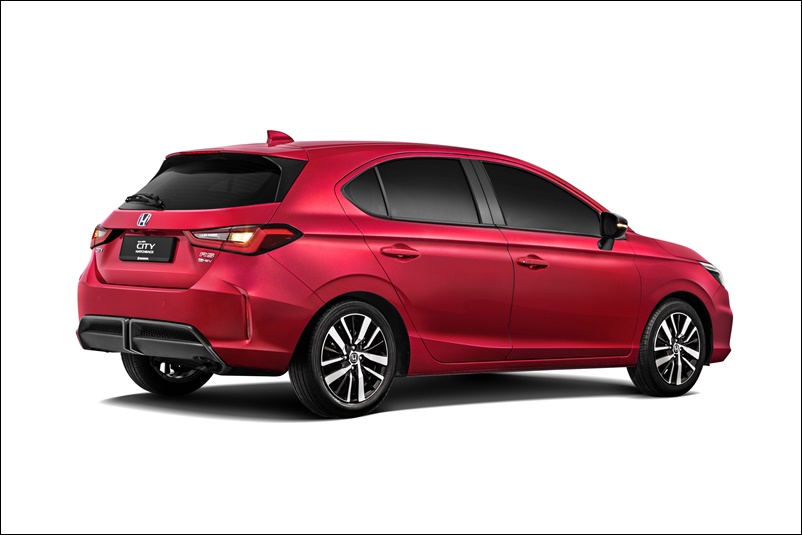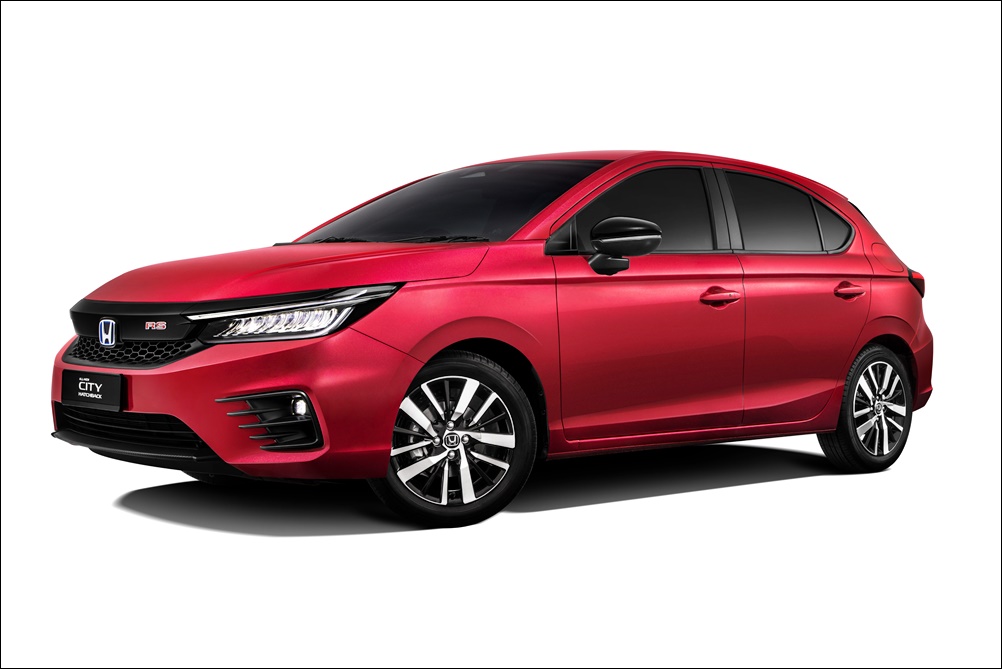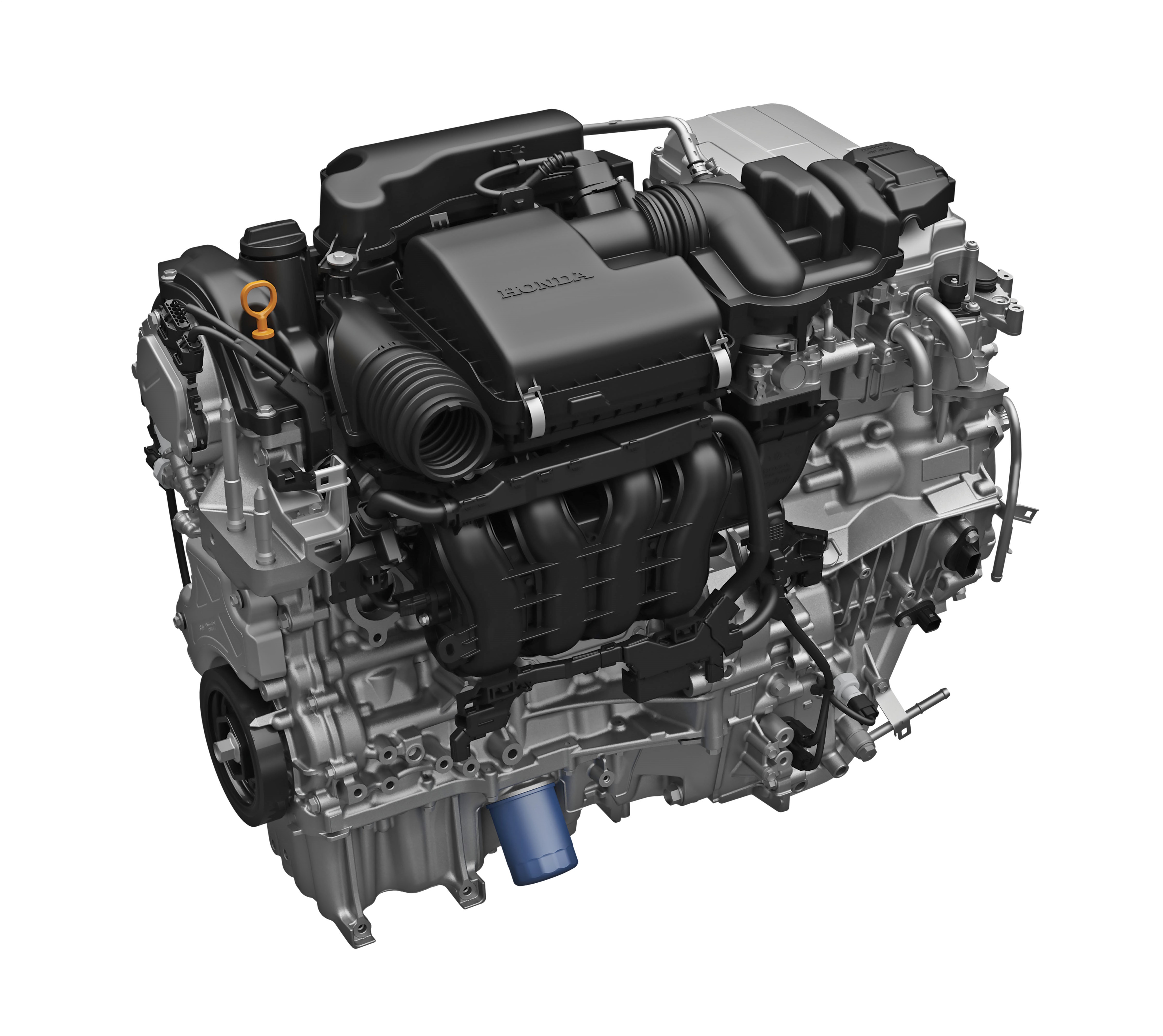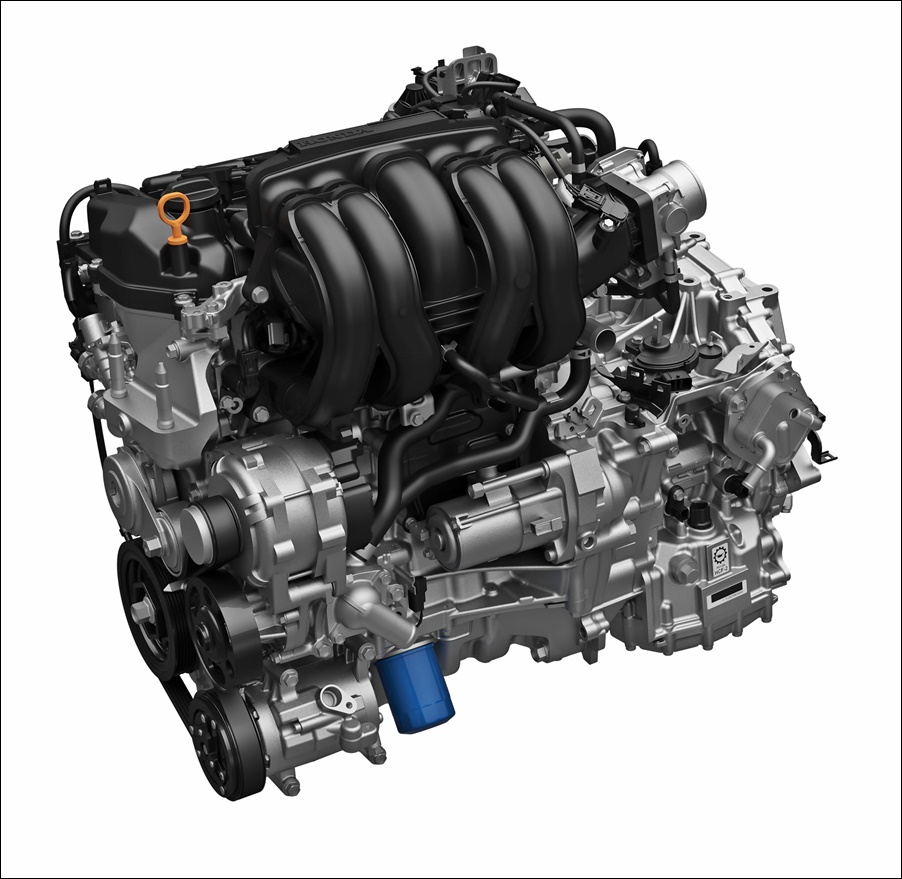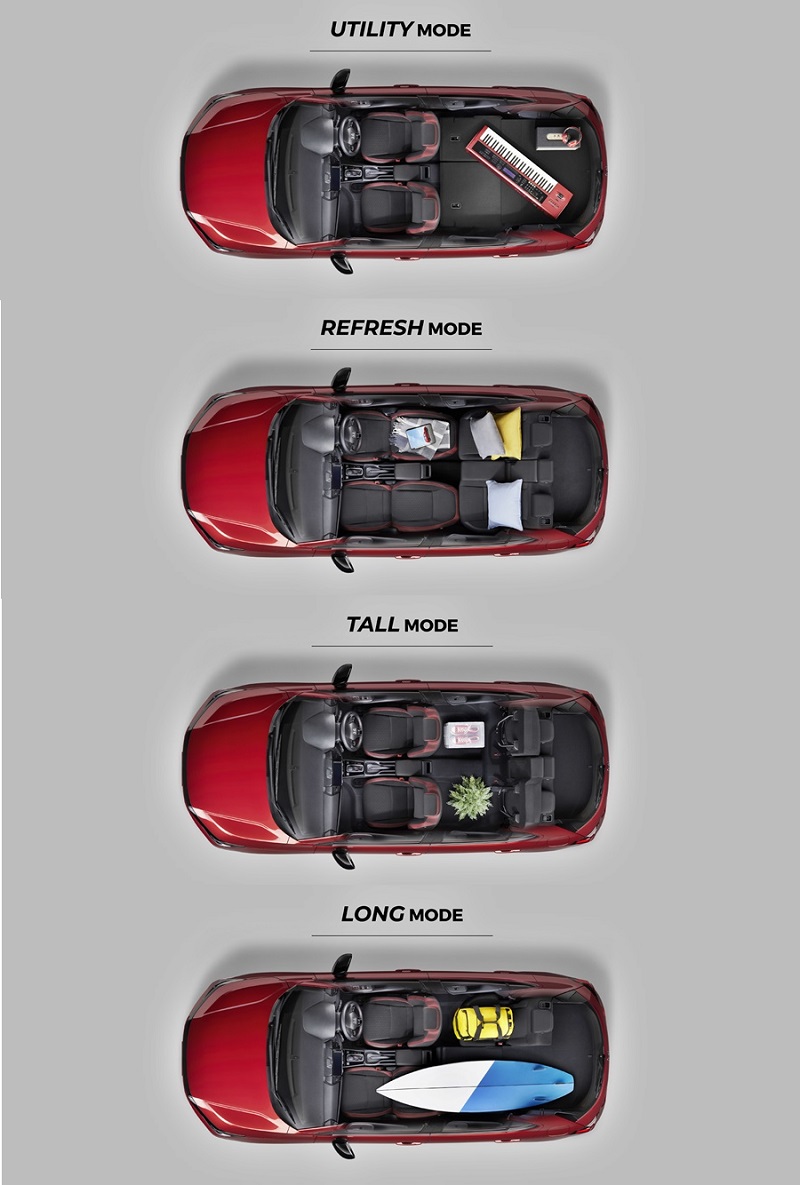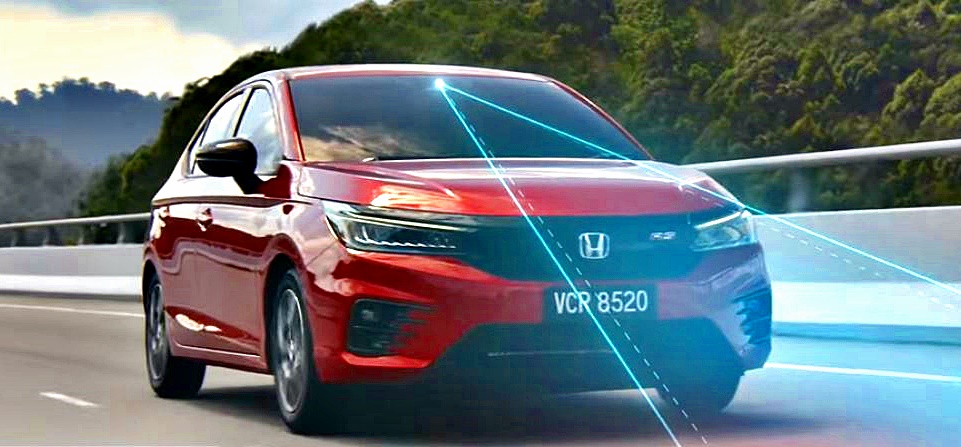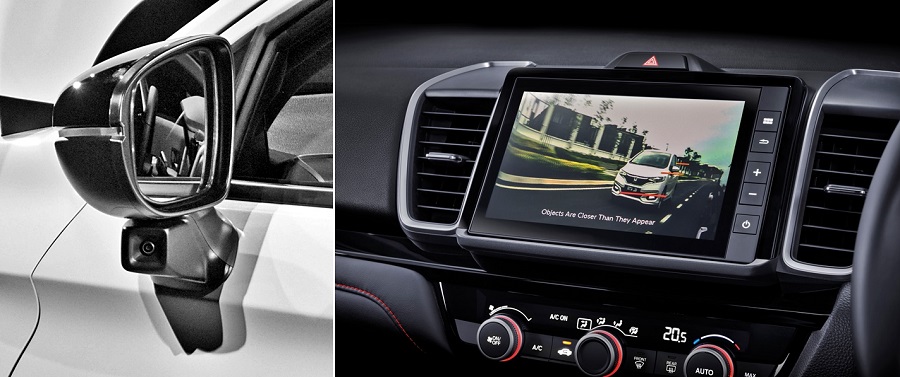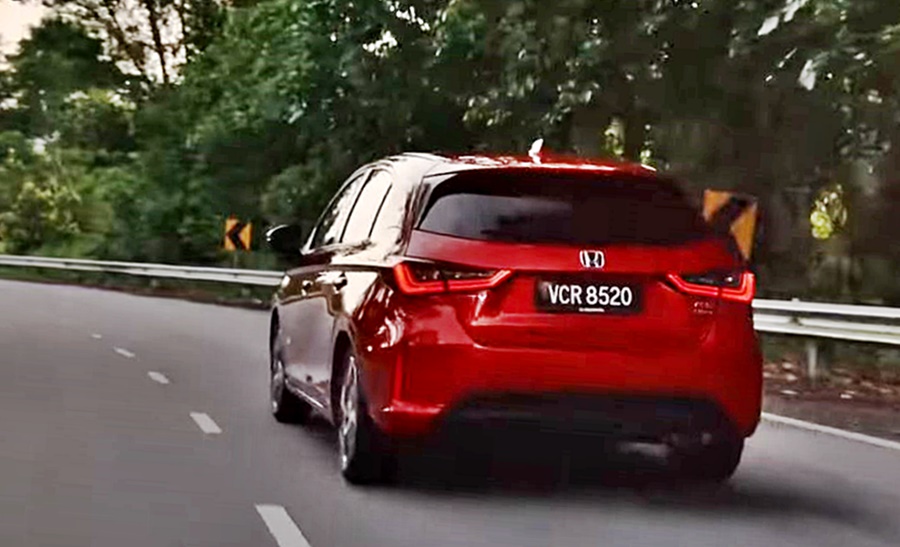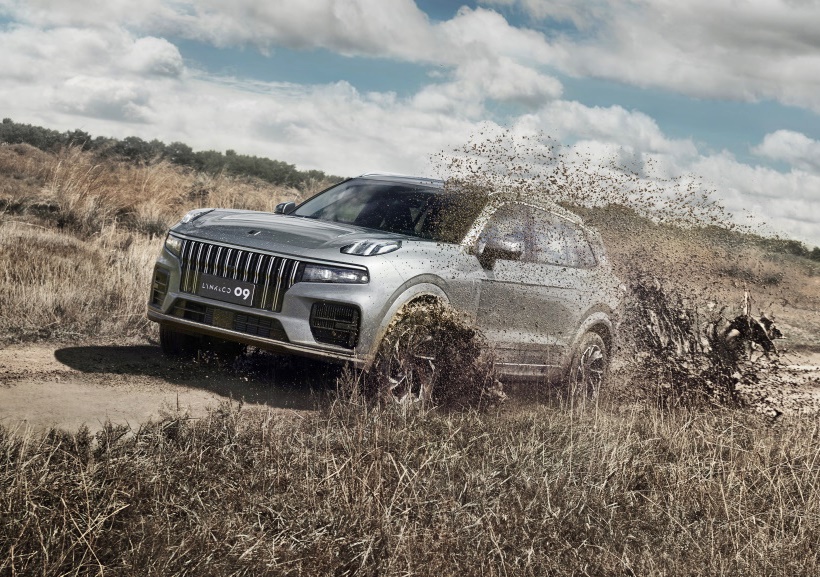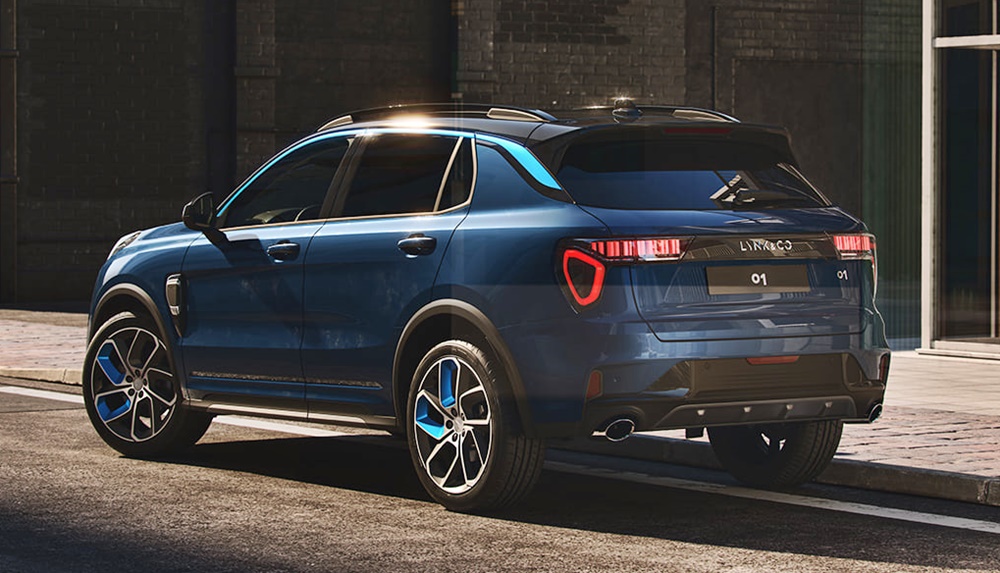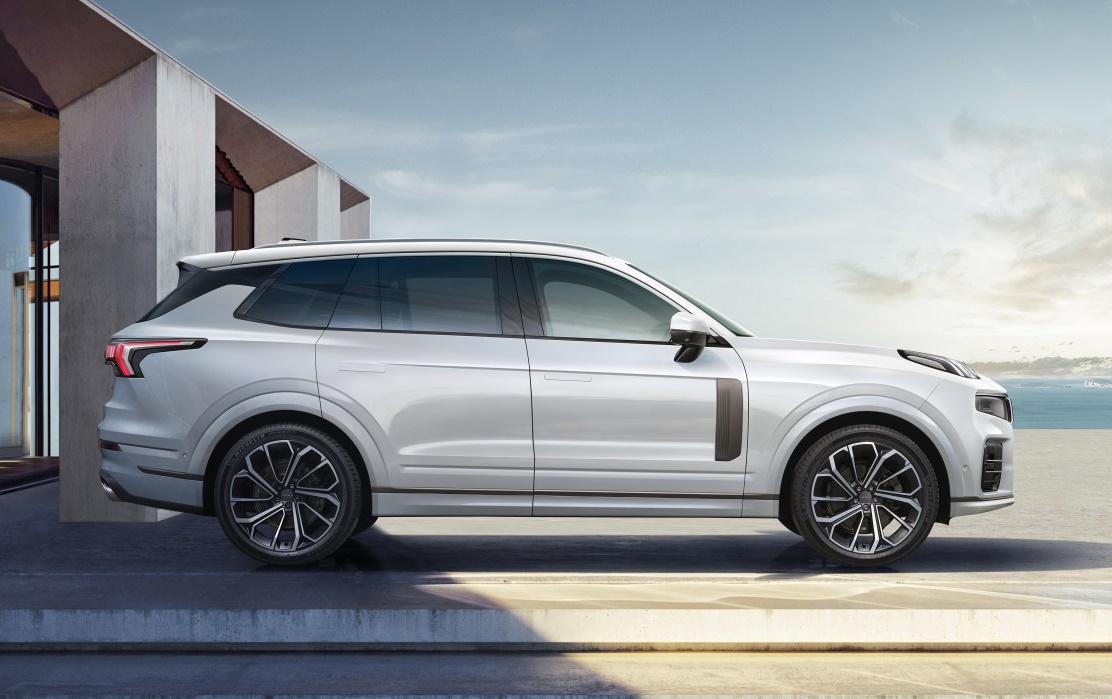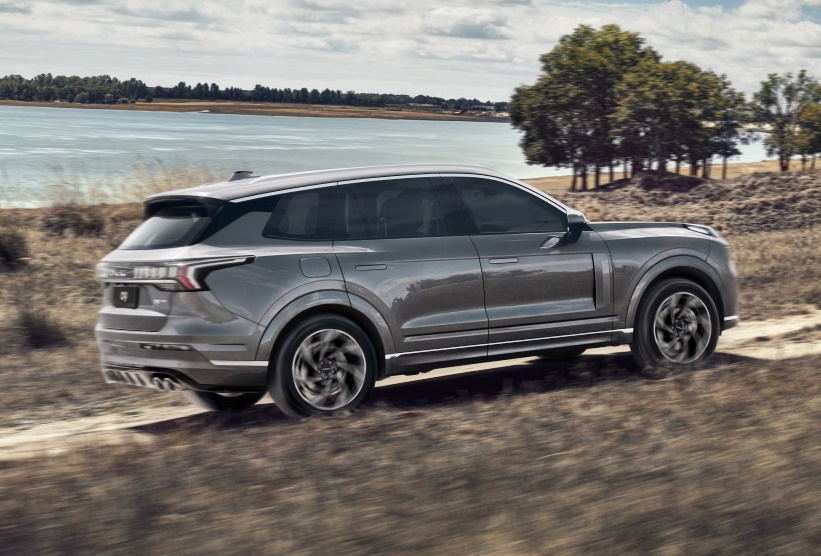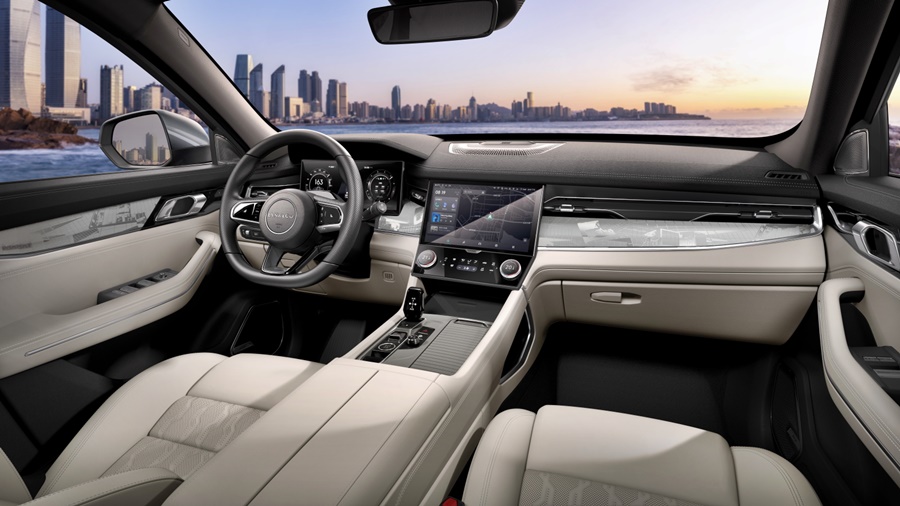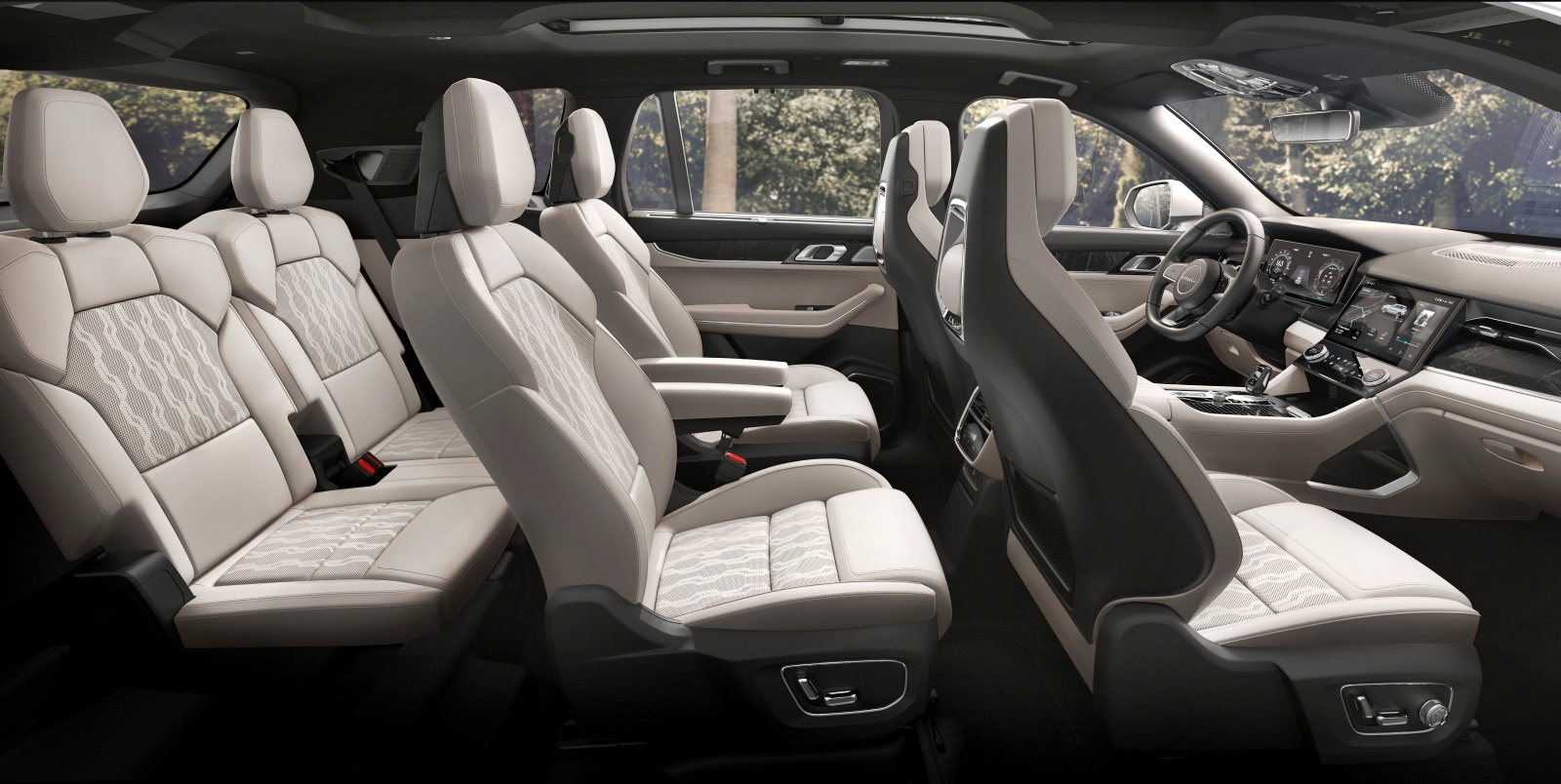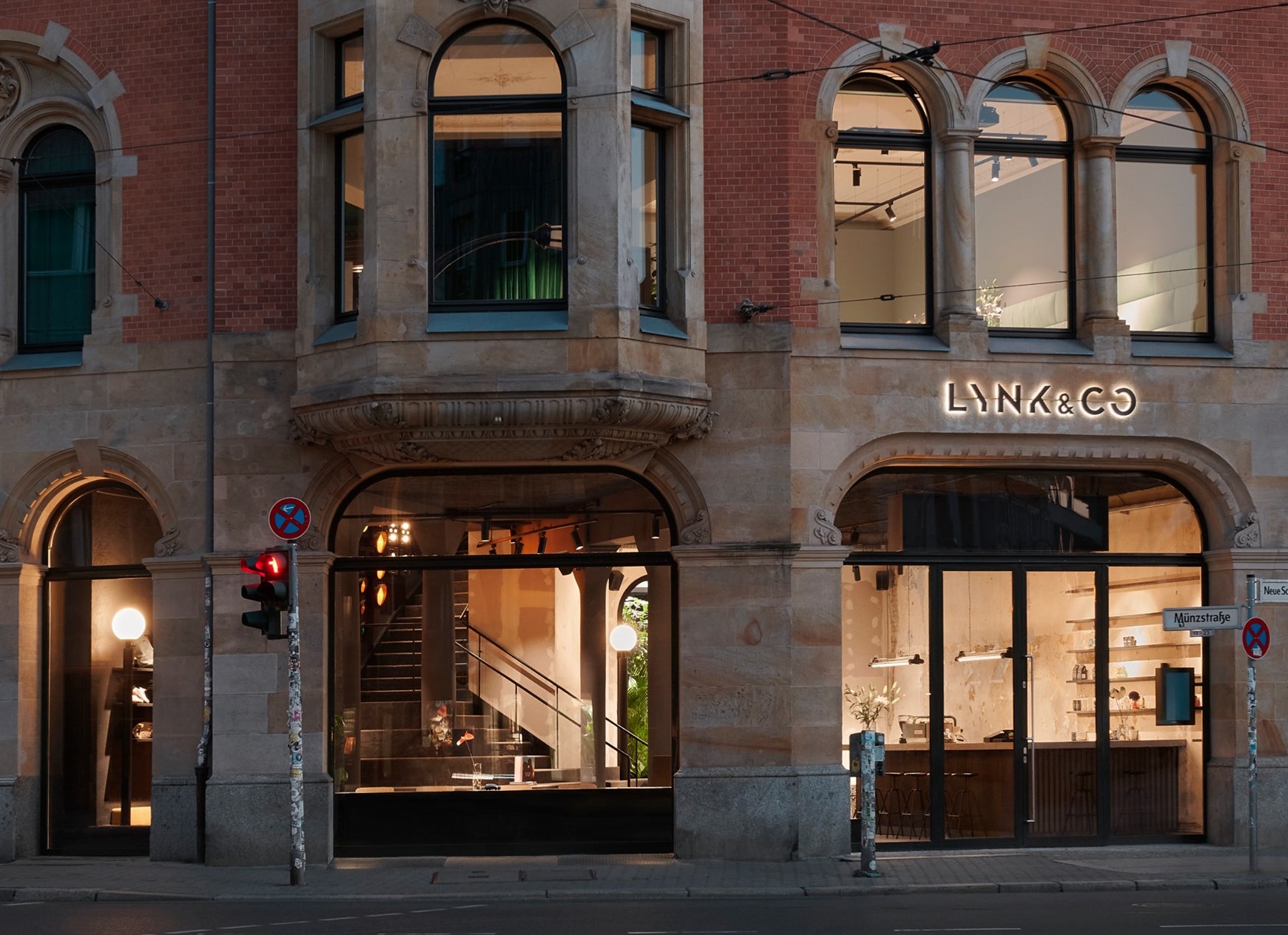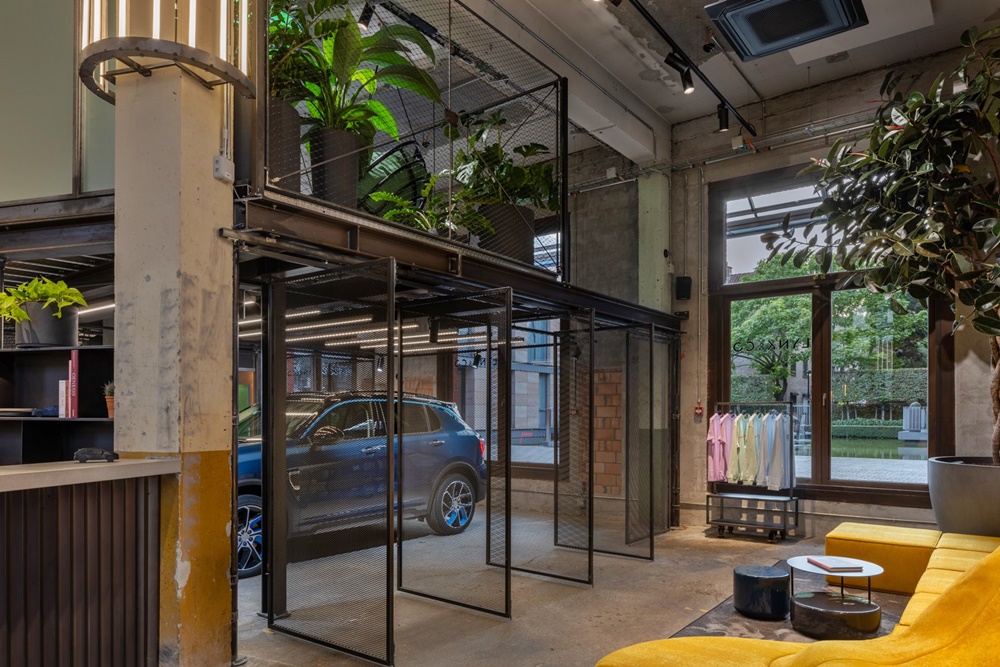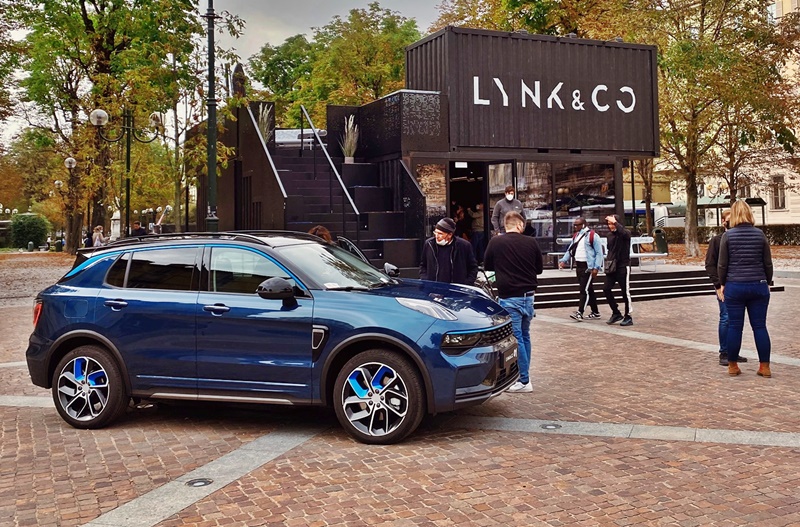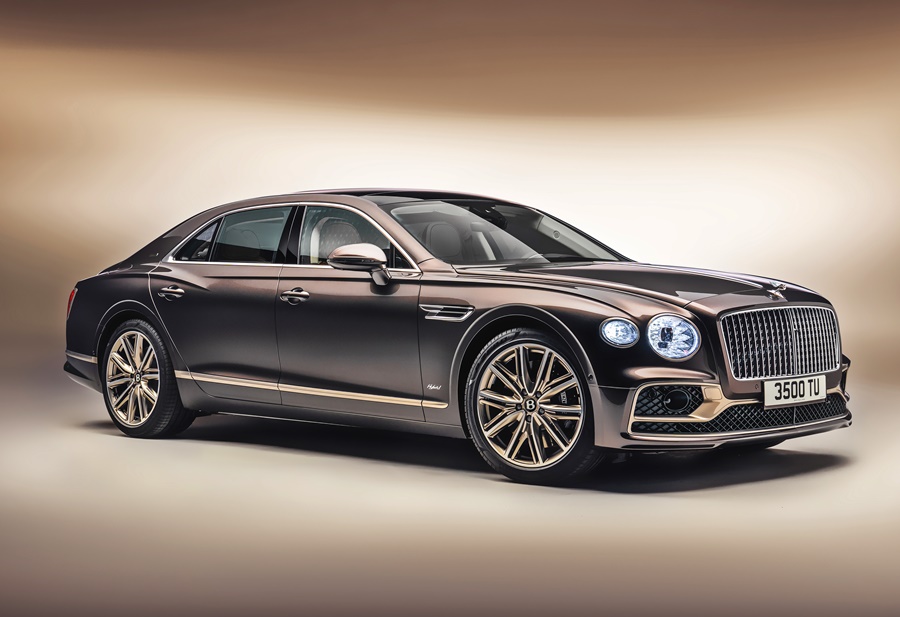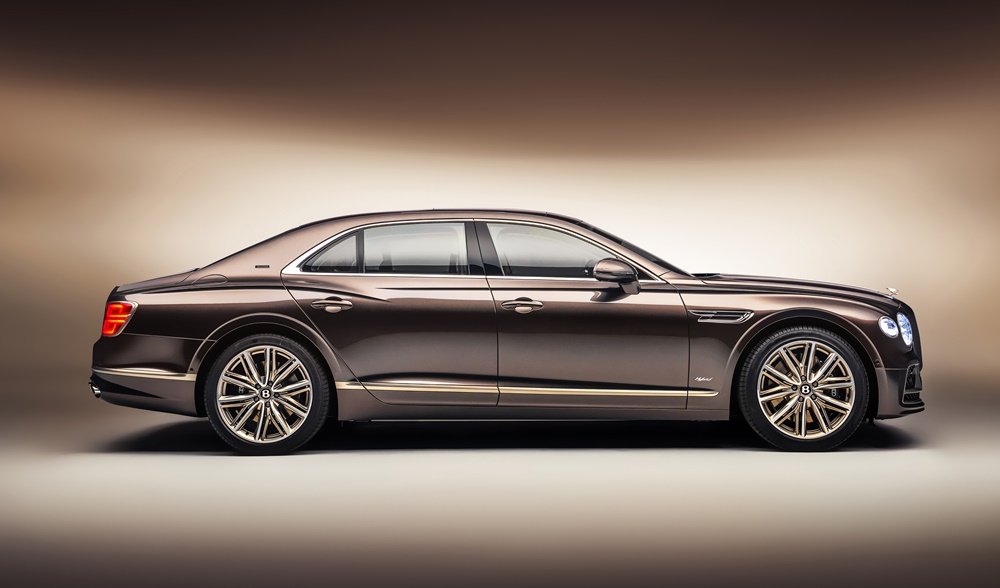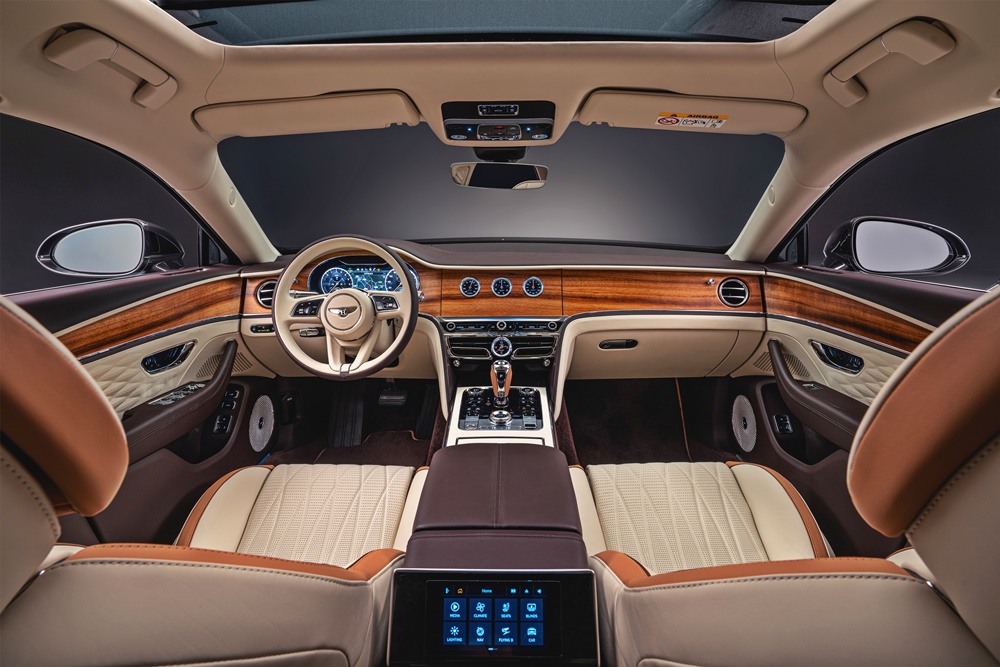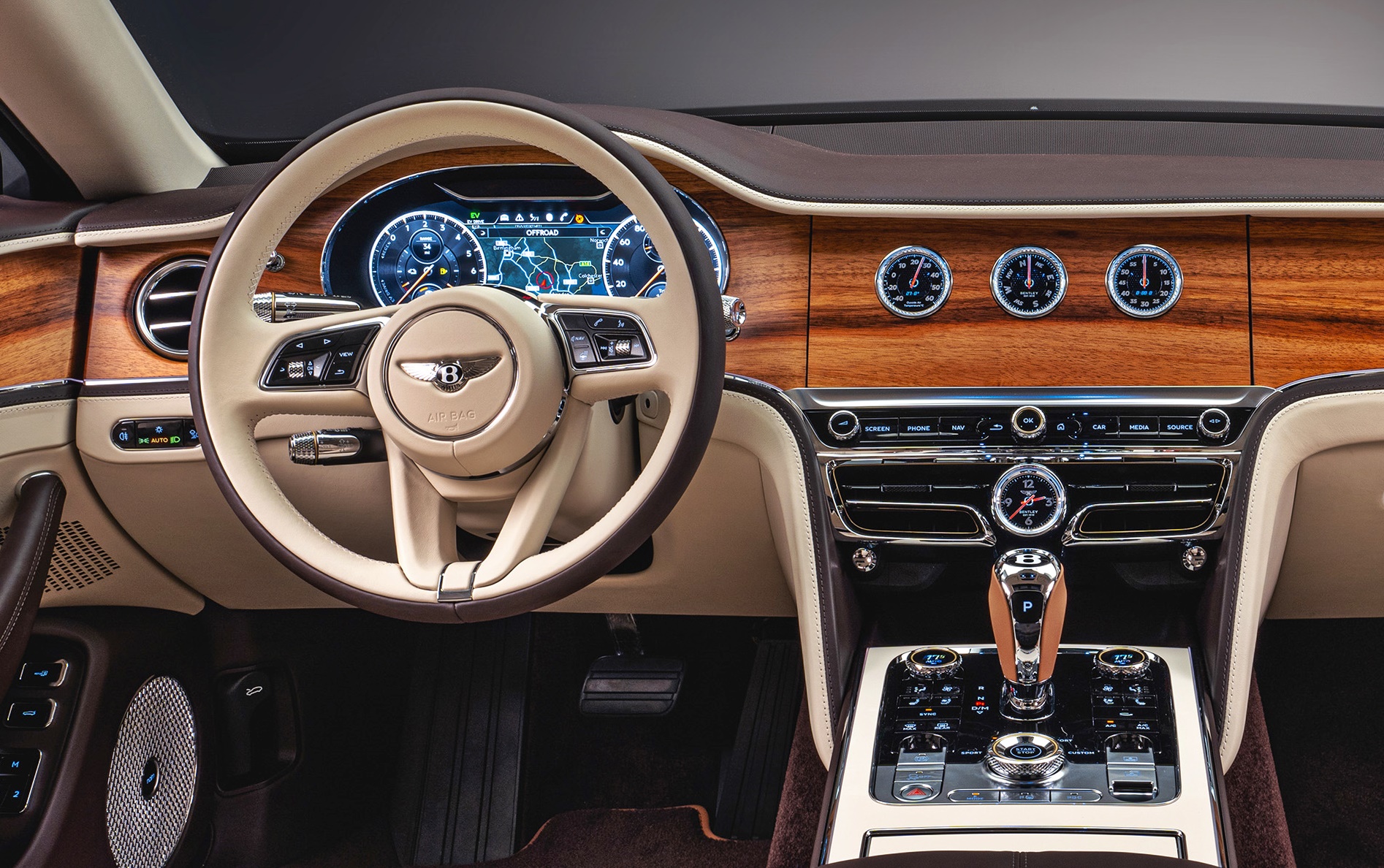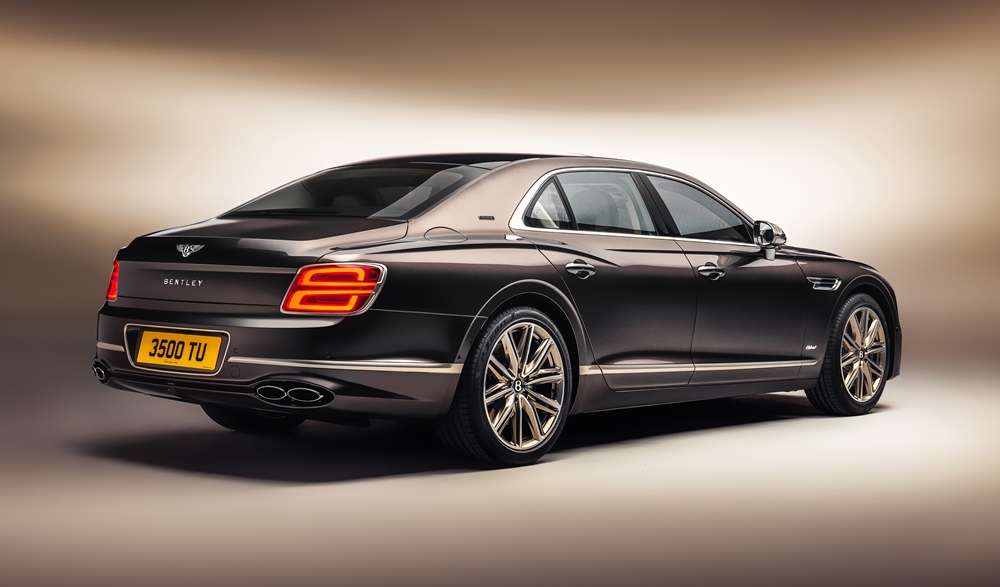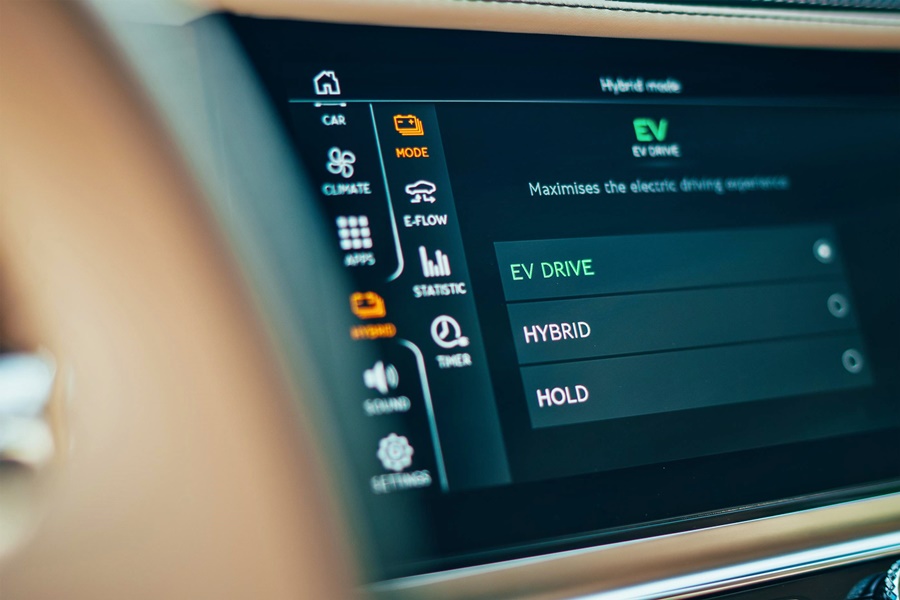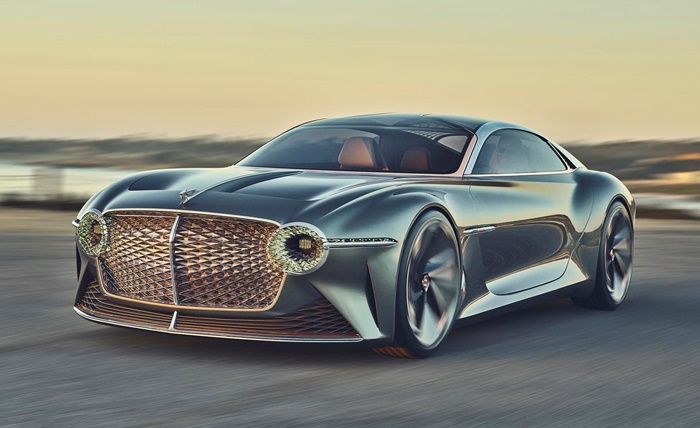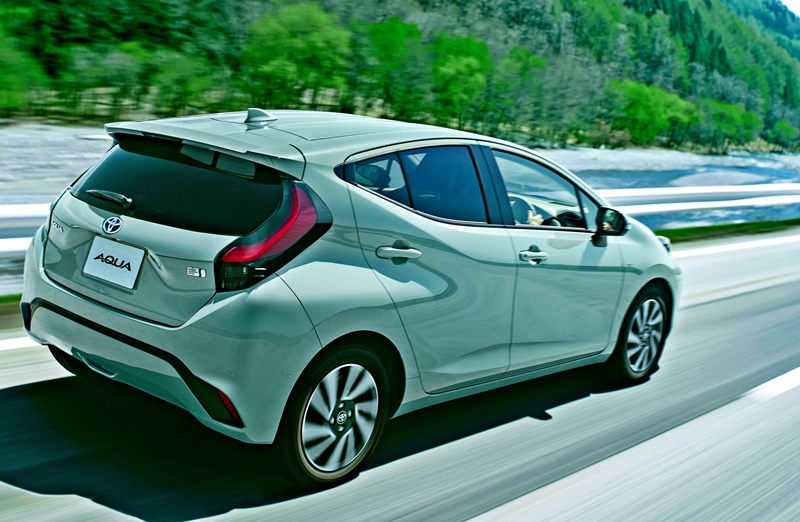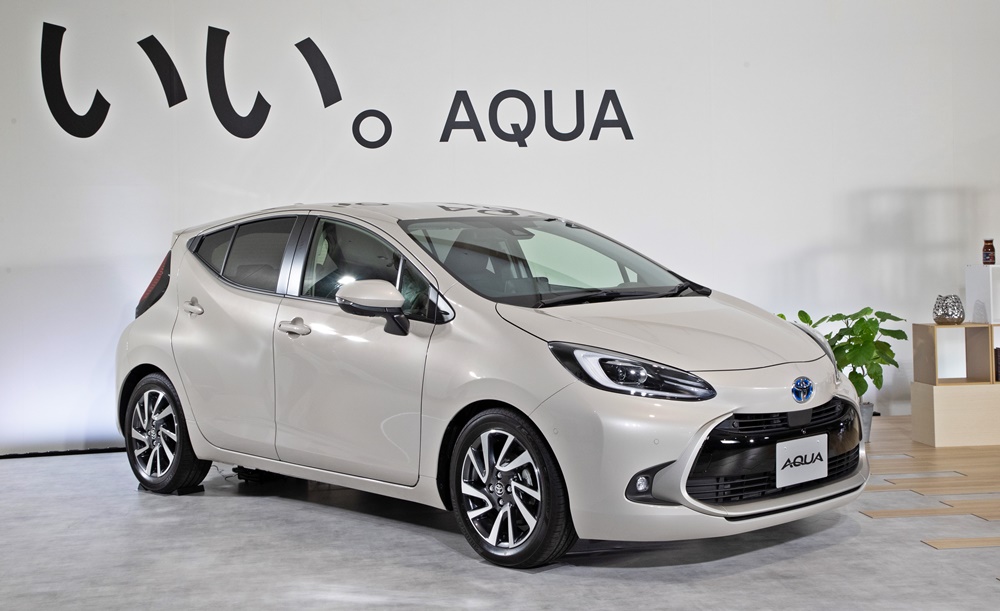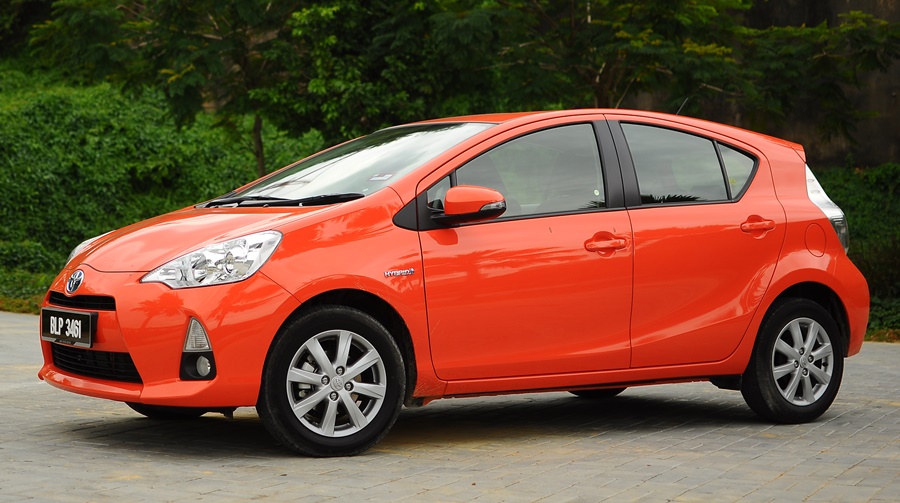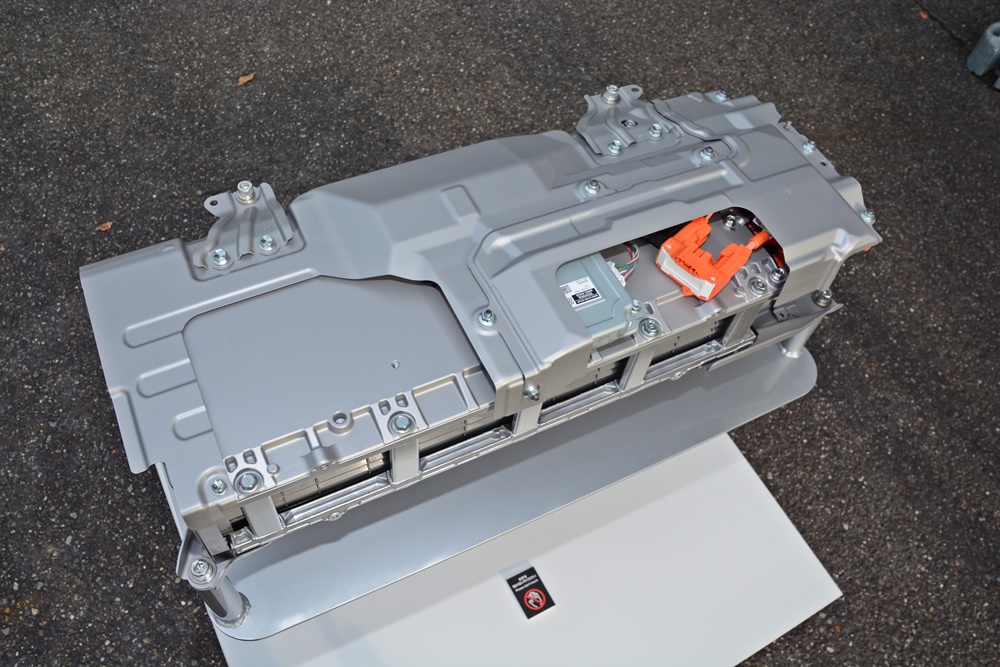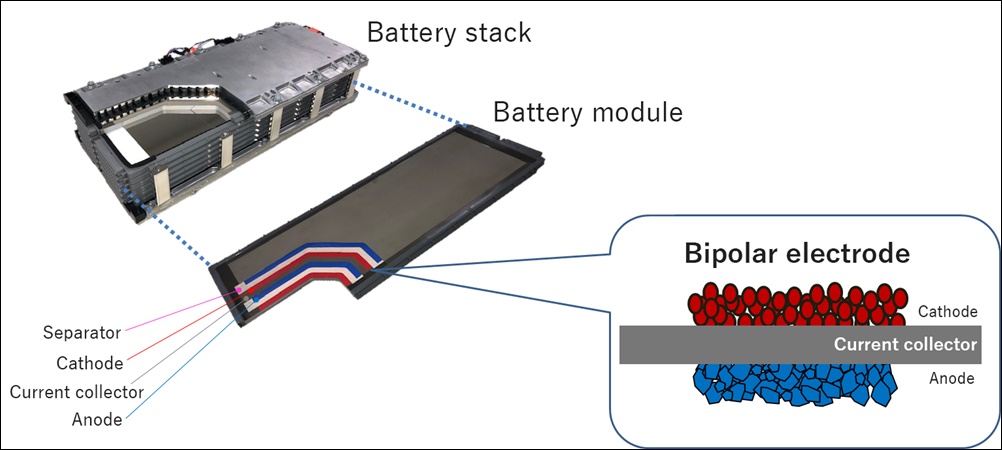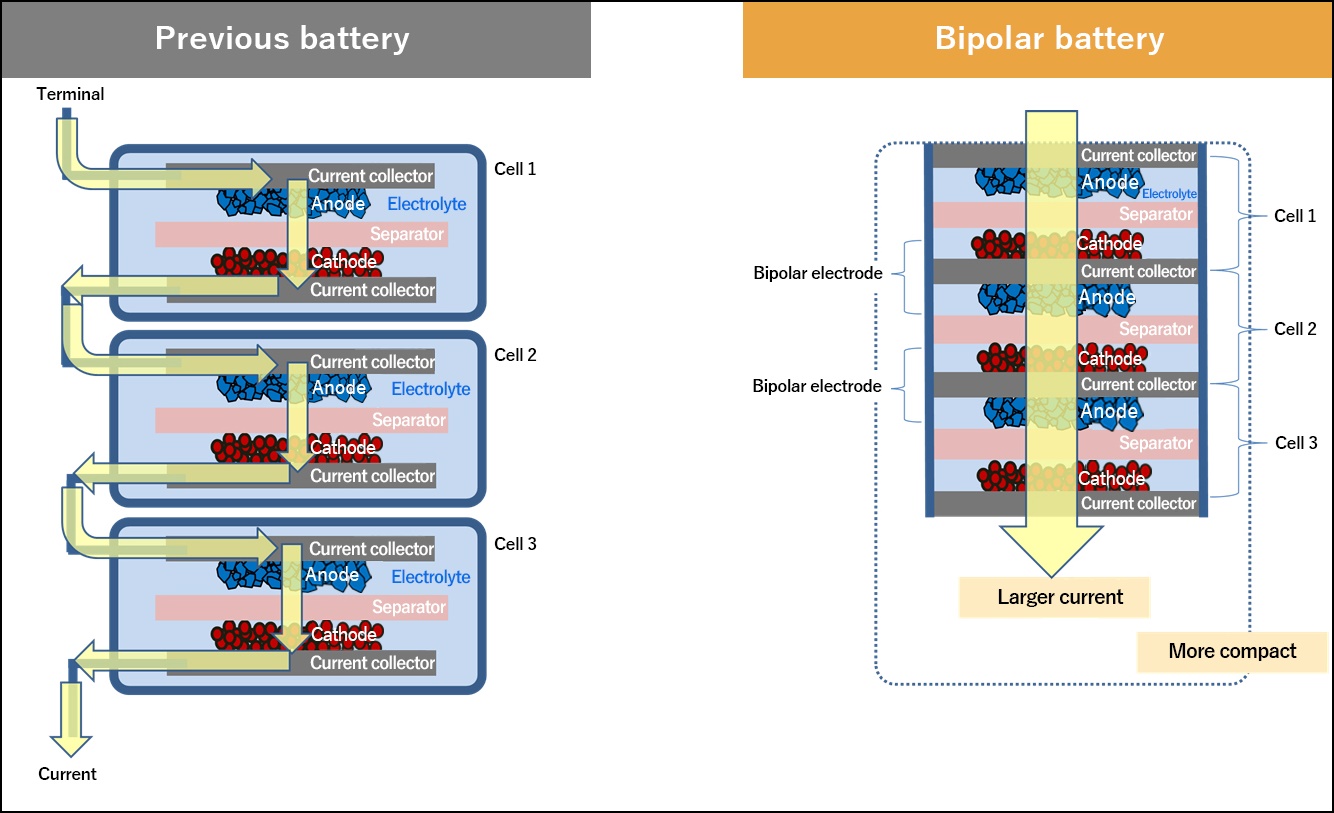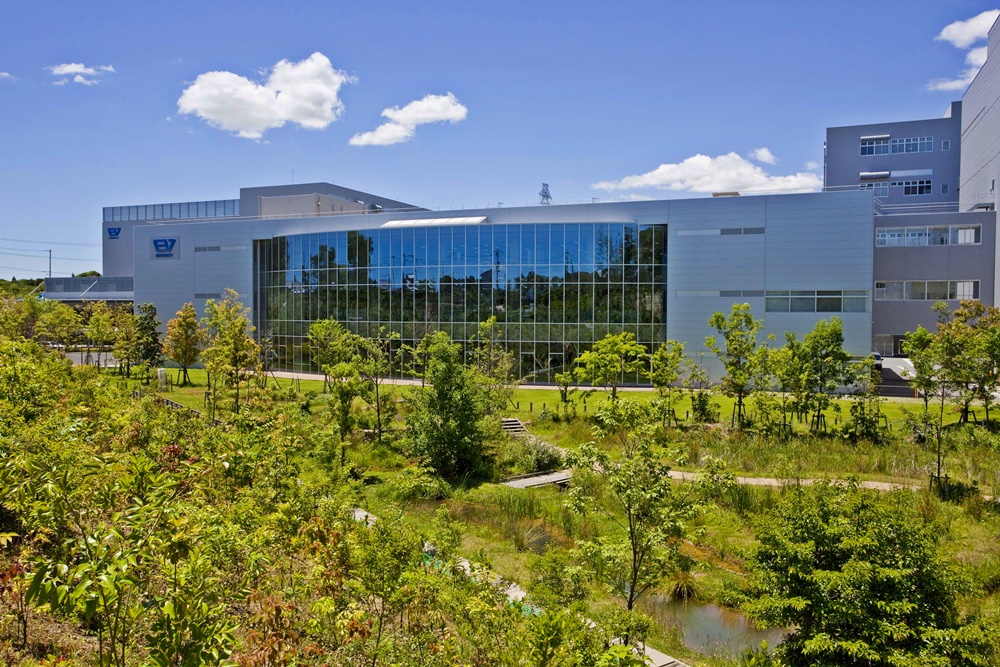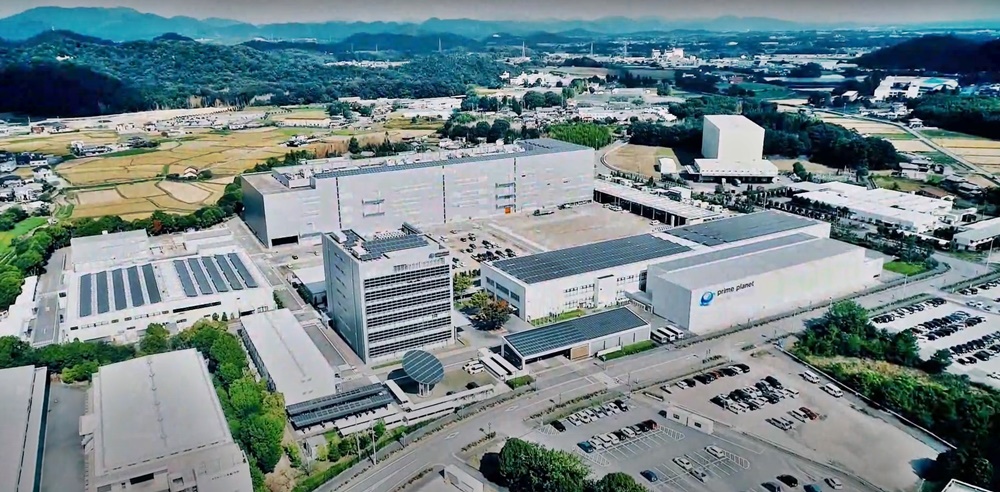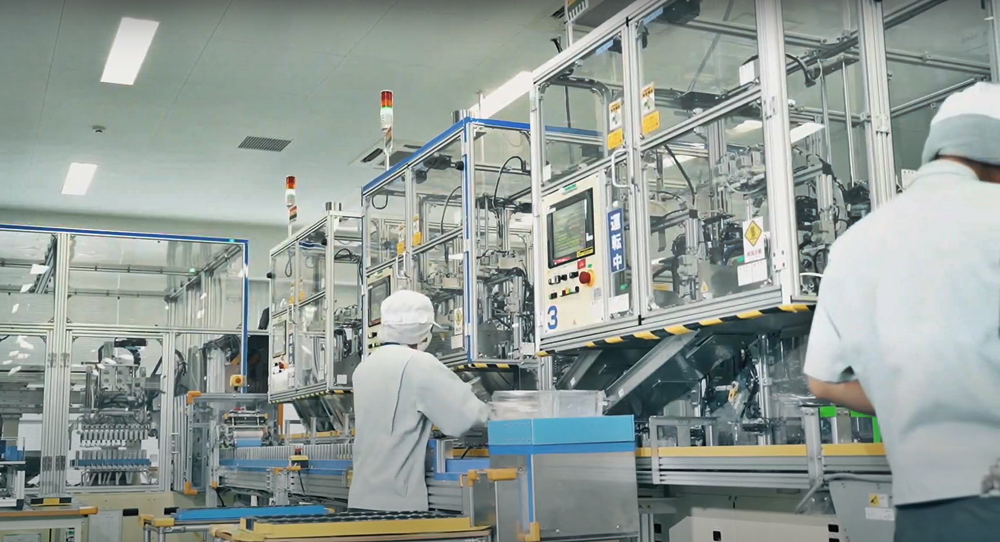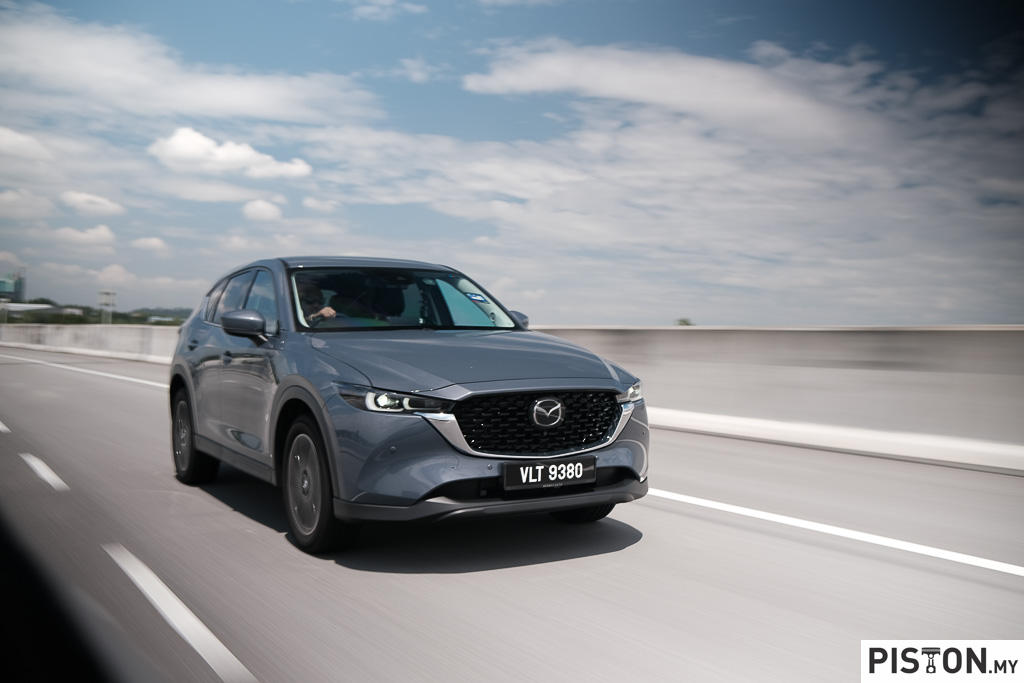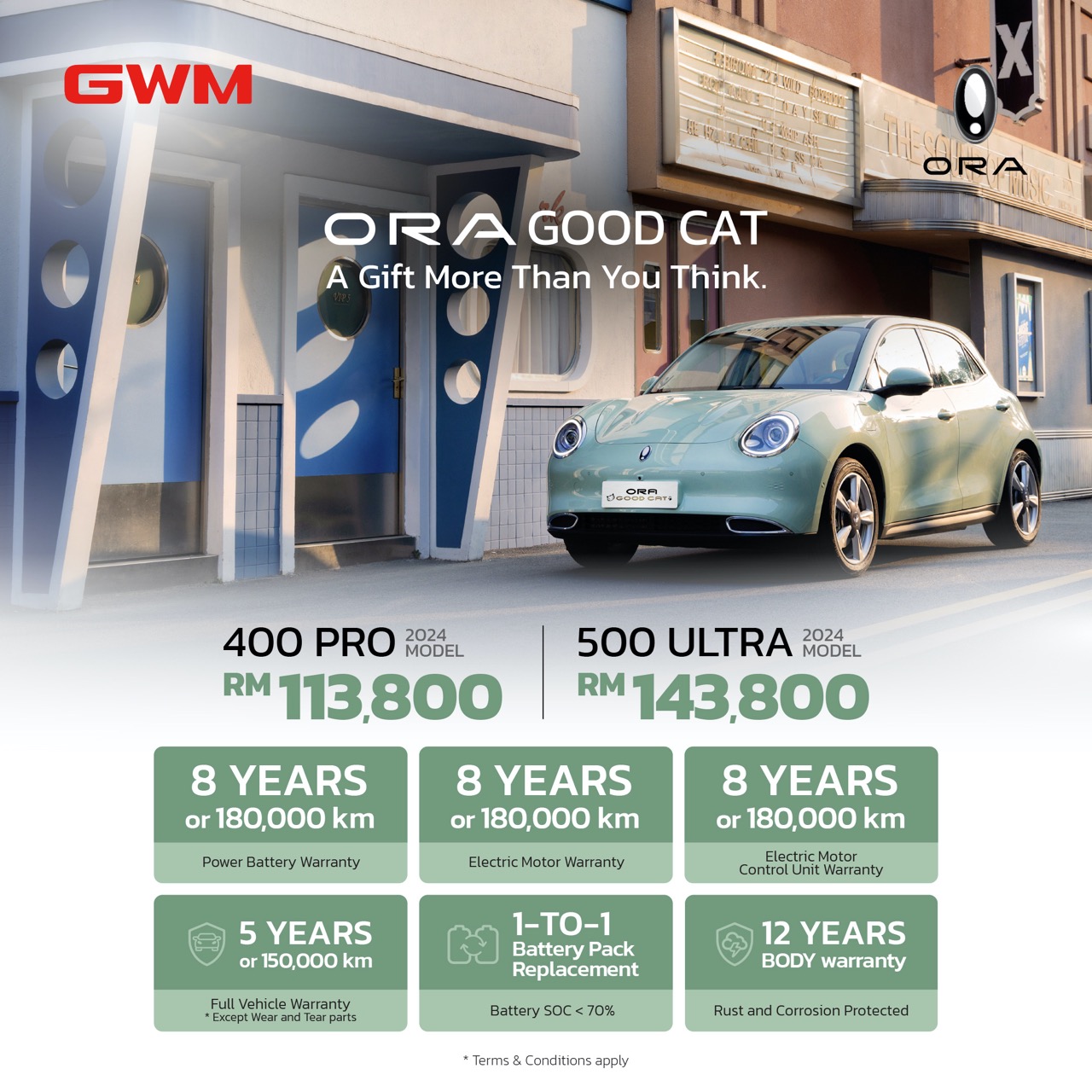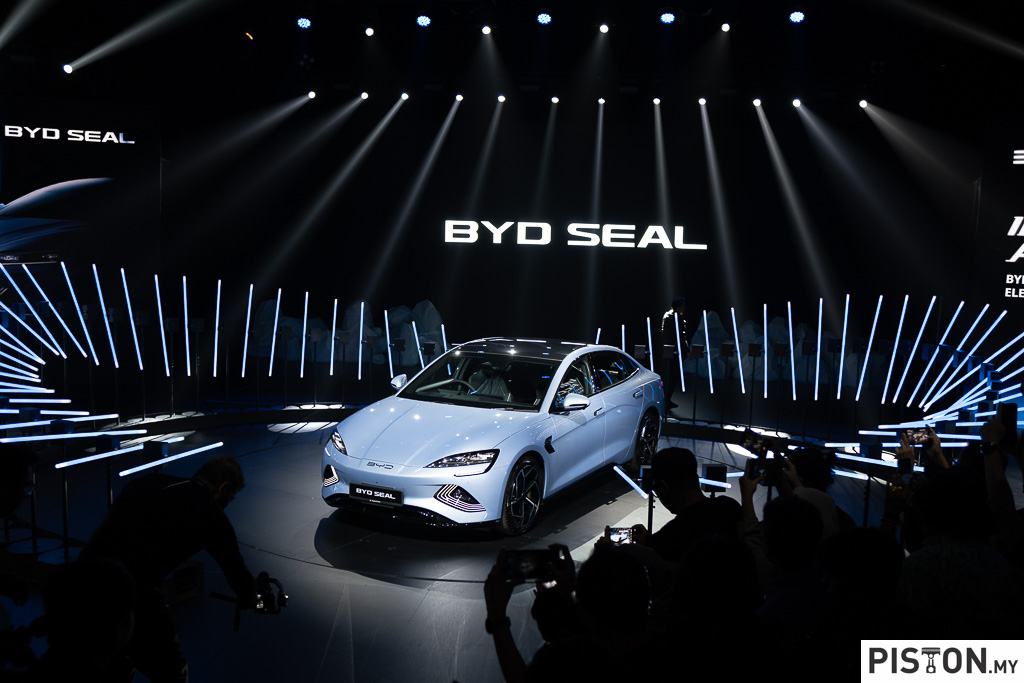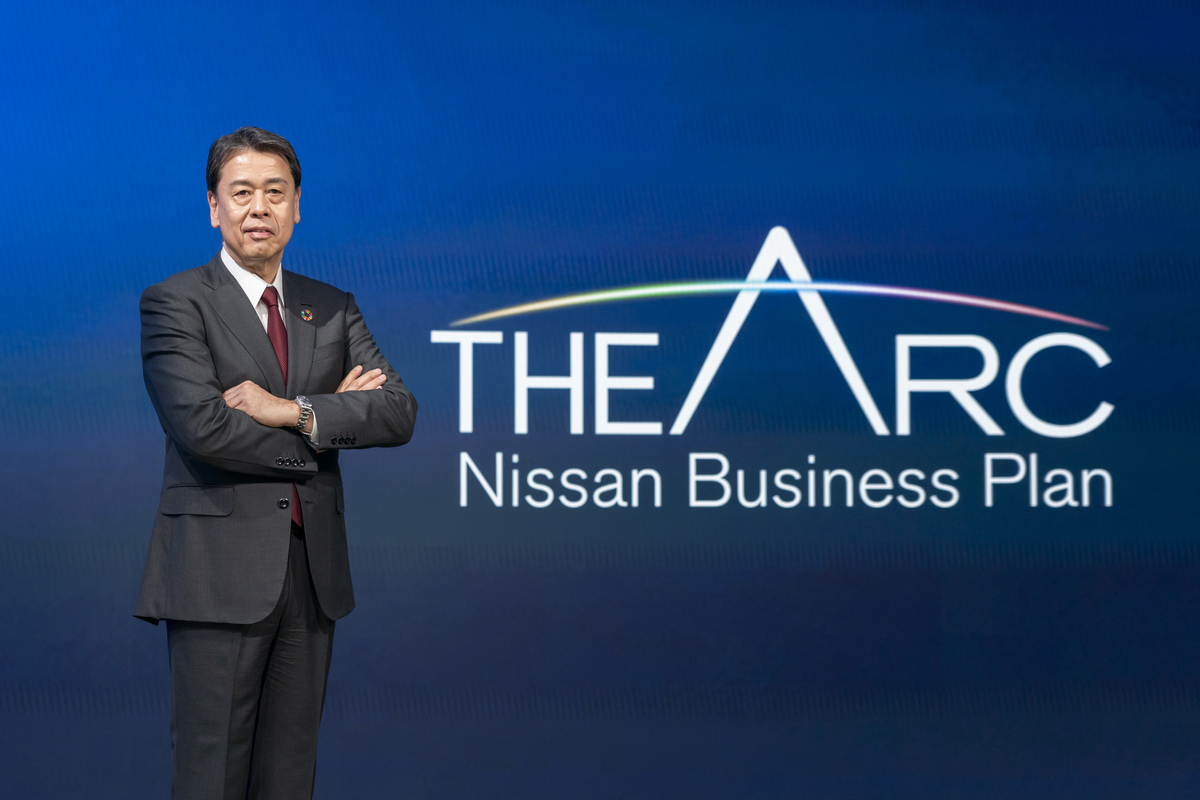As the flagship of the Mercedes-Benz range, the S-Class has typically been the centerpiece of the brand. Each generation since the W 187 of 1951 has introduced new technologies, advancing safety, performance, comfort and quality. The pioneering technologies have influenced automotive engineering of its era, eventually trickling down as they became more affordable.
More than 4 million S-Class limousines have been delivered worldwide since the early 1970s when the ‘S-Class’ designation was used. Over 18,000 of those have been sold in Malaysia, where the model has been assembled locally for the past few generations. Assembled under contract in earlier years, the model has been assembled at Mercedes-Benz Malaysia’s own production facility in Pekan, Pahang, since 2007.
Today, the seventh generation of the model – also assembled at the Pekan plant – arrives in the market, a bit over a year after it made its global debut in Germany. Only one version is current offered – the S 580e – which is a long-bodied version. The price could not be confirmed in time for the launch although it will be more than the previous generation, according to Michael Jopp, Vice-President, Sales & Marketing Passenger Cars, at Mercedes-Benz Malaysia. He added that first deliveries will start from mid-January, but the waiting period is already stretched to the end of the first quarter of 2022.
‘580’ doesn’t mean 5.8 litres
The number of the model designations of many of today’s German cars no longer indicate displacement or cylinders as they once did. For instance, with the old 380SE, at least you knew the engine size was 3.8 litres. But with the new ‘580’, it is not 5.8 litres and the engine is actually an in-line 6-cylinder petrol engine of 3 litres and it is part of a plug-in hybrid powertrain (PHEV) with an electric motor.
The engine’s output is 367 bhp/270 kW with 500 Nm of torque available between 1,500 and 4,500 rpm, while the motor generates 110 kW with 440 Nm that comes on almost instantaneously. The combined output can propel the S 580e from 0 to 100 km/h in a claimed 5.2 seconds and up to a top speed of 250 km/h. If conditions permit, it is possible to run only on electricity for up to 100 kms. When the battery is empty, ‘refuelling’ will take up to 2.5 hours, depending on the charging method.
Hybrid powertrains are not new to Mercedes-Benz models in Malaysia and the company has sold them, even in the S-Class, some time. One concern owners have is the cost of the battery pack if it needs to be replaced as it is pretty expensive. But for the first 8 years or a maximum of 100,000 kms, Mercedes-Benz will provide warranty coverage which should offer some peace of mind.
Showcase for new technologies
As with every generation before, the new S-Class brings with it new and advanced technologies. One of them is DIGITAL LIGHT, which emanates from each headlamp. The light module has 3 extremely powerful LEDs with light that is refracted and directed by 1.3 million micro-mirrors. The resolution is therefore more than 2.6 million pixels per vehicle, allowing highly precise light distribution.
DIGITAL LIGHT also makes Highbeam Assist over 100 times more precise than 84-pixel light when excluding oncoming traffic or road signs from the light beam. Light/shadow graduations and the light distribution of all the other adaptive light functions are also realised with considerably more precision, optimising illumination in all ambient lighting conditions.
The aerodynamic efficiency is also very impressive, considering the size of the car. It is 0.22 Cd, which is one of the lowest figures in the world for a production sedan. The lower wind resistance of the shape means more power can be used to move the car, something that is highly beneficial with hybrid and electric powertrains. This has been achieved by lengthy wind tunnel research and then applying aerodynamic measures to various areas of the body, underbody and detachable parts.
Not visible are improvements in aeroacoustics; the new model’s quietness is said to be even better than the e previous generation which already excelled with a very high level of interior noise comfort. The high rigidity of the bodyshell provides the basis for this achievement, and is enhanced with fine-tuning.
Some examples are the apertures for the cable grommets in the firewall which have double seals, effectively stopping noise from the engine bay seeping through. To achieve an engine sound that is perceived as refined and unobtrusive in the interior, the firewall insulation has been extended into the side areas of the A-pillars and the floor area. Acoustic foam in certain bodyshell sections is also used for the first time.
Even with local assembly, Mercedes-Benz Malaysia follows the brand’s global policies to promote sustainability. This is possible as environmental aspects were already taken into account in the conceptual phase. More than 98 kg of components, derived from resource-conserving materials, are used in the S-Class. The number of components containing recyclates is now 120 – more than twice as many as in the preceding model. Another 40 kgs or so are made from renewable raw materials.
‘Third place’ lounge-like interior
The S-Class, with its limousine proportions, has always offered its occupants comfortable travel in a relaxing environment. With the new generation, the interior has fully evolved into a ‘third place’, a refuge between the home and workplace which many spend a lot of time in (at least in the pre-pandemic days when travel to and from office was the daily norm).
As with all Mercedes-Benz models in recent times, MBUX (Mercedes-Benz User Experience) is a highlight. Interestingly, it was one of the few significant new technologies that did not start in the S-Class but in the new A-Class launched in 2018. Since then, it has continued to evolve and gain more sophistication.
The second generation of this learn-capable system now debuts in the new S-Class. The possibilities for personalization and intuitive operation have become far more extensive, especially in the rear. Both the hardware and software have made great advancements with brilliant displays on up to 5 large screens (in part with OLED technology). The new 3D driver display allows a spatial view at the touch of a button for the first time – a real 3-dimensional effect without having to wear 3D glasses.
Using cameras in the overhead control panel and learning algorithms, MBUX Interior Assist recognizes and anticipates the wishes and intentions of the occupants. It does this by interpreting head direction, hand movements and body language, and responds with corresponding vehicle functions. As well as enhancing operating convenience, MBUX Interior Assist improves safety. Even before the journey begins, it notifies the driver if the camera has detected a child seat on the front passenger seat but the seatbelt is not fastened, for example.
The system now has a fingerprint scanner just below the central display which unlocks access more conveniently, yet securely, than entering a PIN. Also available is the MBUX Augmented Reality Navigation which connects the virtual world with the real world. The technology incorporates graphical navigation instructions and traffic information into live images to ensure drivers will reach safely and stress-free,
The voice assistant ‘Hey Mercedes’ is constantly learning, by activation of online services in the Mercedes me App. Moreover, certain actions (like accepting a call) can be performed even without using ‘Hey Mercedes’ which, incidentally, can also be activated from the rear.
Revolution in interior design
Just as with introducing new technologies to the car, the interior designers have also strived to create a revolutionary interior design, including associations with interior architecture and yacht design elements. The sculptured look of the dashboard, centre console and armrests appears to float above an expansive interior landscape. The systematic reduction in the number of controls underscores the minimalist appearance of the interior. A fine divide between the upper section of the dashboard and the large trim element structures the area and creates horizontal breadth.
The driver display and media display offer a comprehensive aesthetic experience. The appearance of the screens can be individualized with a choice of four display styles (Discreet, Sporty, Exclusive, Classic) and three modes (Navigation, Assistance, Service). New design elements include the flat, 4-square centre vents with horizontal nacelles, rather than the sportier turbine-like vents in other models.
Besides 5 screens, other highlights in the cabin include large areas of trim in the dashboard and in the rear. These flow around the passengers and are a systematic further development of the wrap-around effect. The Anthracite open-pore poplar wood trip lends the interior an individual look.
Even in the seats, Mercedes-Benz has made such they qualify as technological benchmarks for long-distance comfort. The complex technology inside the seats uses multiple motors for adjustments in the tiniest dimension. The flowing, 3-dimensional layer design theme gives an impression of lightness with its nappa leather upholstery. The adjustment range and angle of the front passenger seat in the chauffeur configuration and the reclining seat behind it have been improved as well.
Thanks to LED technology, the new S-Class has also taken a leap forward in its interior lighting with interactive interior lighting for the first time. The active ambient lighting supplements ambient lighting with an additional layer of light. It is integrated into the driving assistance systems, and is able to reinforce alerts visually. This also makes corresponding feedback possible for the comfort systems. This applies to the climate control system or the ‘Hey Mercedes’ voice assistant.
Offered as standard with the new S-class is a Burmester 3D surround sound system. The German specialist in audio systems has been providing custom-developed sound systems for Mercedes-Benz model since 2013. The sound emanating from the high-quality speakers can be specifically optimized for the front and rear seats to give a very personalized listening experience.
Continued leadership in safety
In the area of safety, Mercedes-Benz has certainly held a leadership position, often developing and introducing more advanced safety features and systems. The S-Class, being the flagship, has had the honour of being the first model with new safety technologies. One example is the airbag, which made its first appearance in a production car in 1980 when the S-Class (W126) was launched. It was initially only for the driver and then the passenger also got one, and today, there are airbags on the sides of the cabin as well and one to protect the driver’s knees.
The new S-Class again takes a pioneering role by having the world’s first rear airbags. These are integrated into the backrests of the front seats and deploy in a severe front impact. They deploy gently and protect strapped-in outer rear seat passengers against contact with the front seats. The loads on the head and neck can thus be reduced significantly.
With the new S-Class, Mercedes-Benz comes another big step closer to its vision of accident-free driving. The driver is supported by numerous new or extended driving assistance systems that reduce the driving workload in daily motoring and fatigue on long journeys. This leads to better alertness behind the wheel and therefore safer motoring.
However, there may be situations where the driver might not react in time, and this is where the assistance systems come in. They can detect other vehicles and (at very high speeds) determine the possibility of an accident, and activate the brakes if no action is taken by the driver. The emergency braking functions serve to protect other road-users, too. The operating principle of the systems is made visible by a new display concept in the driver display. Thanks to improved environmental sensors, the parking systems also give the driver even better support when maneuvering at low speed.
The PRE-SAFE system, which has been present for some time in Mercedes-Benz models, has comprehensive protective measures to reduce injuries during accidents. Upon detection of a likely impact, it can prepare the occupants for a side-on collision and reduce the risk of injury. Like a bodyguard, it pushes the driver or front passenger away from the danger zone towards the inside. The impulse is created by the movement of the seat side bolsters in the front backrests.
Besides innovations in restraint systems, the intelligent bodyshell design uses a new aluminium hybrid body shell. The content of the lightweight material exceeding 50% meets numerous requirements while lowering weight and contributing to better handling and ride comfort.
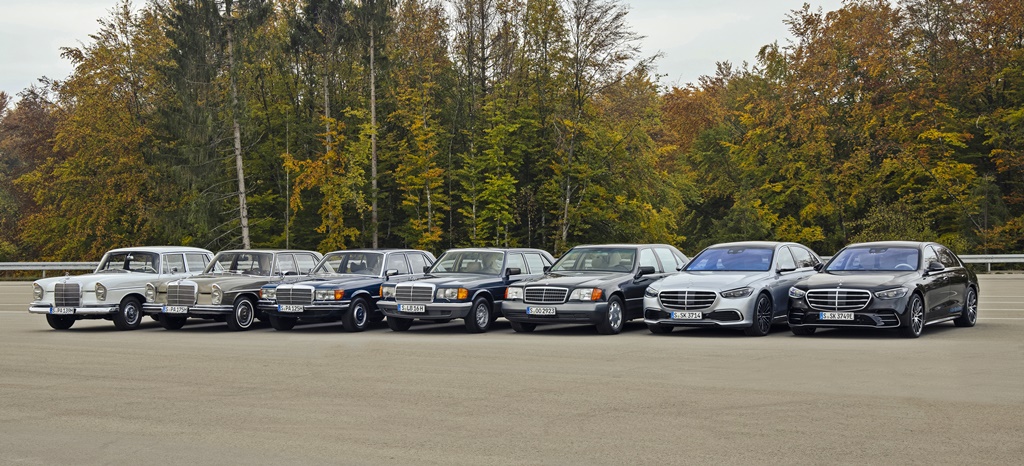
Mercedes-Benz S 680 GUARD 4MATIC comes with protection against bullets and explosives


